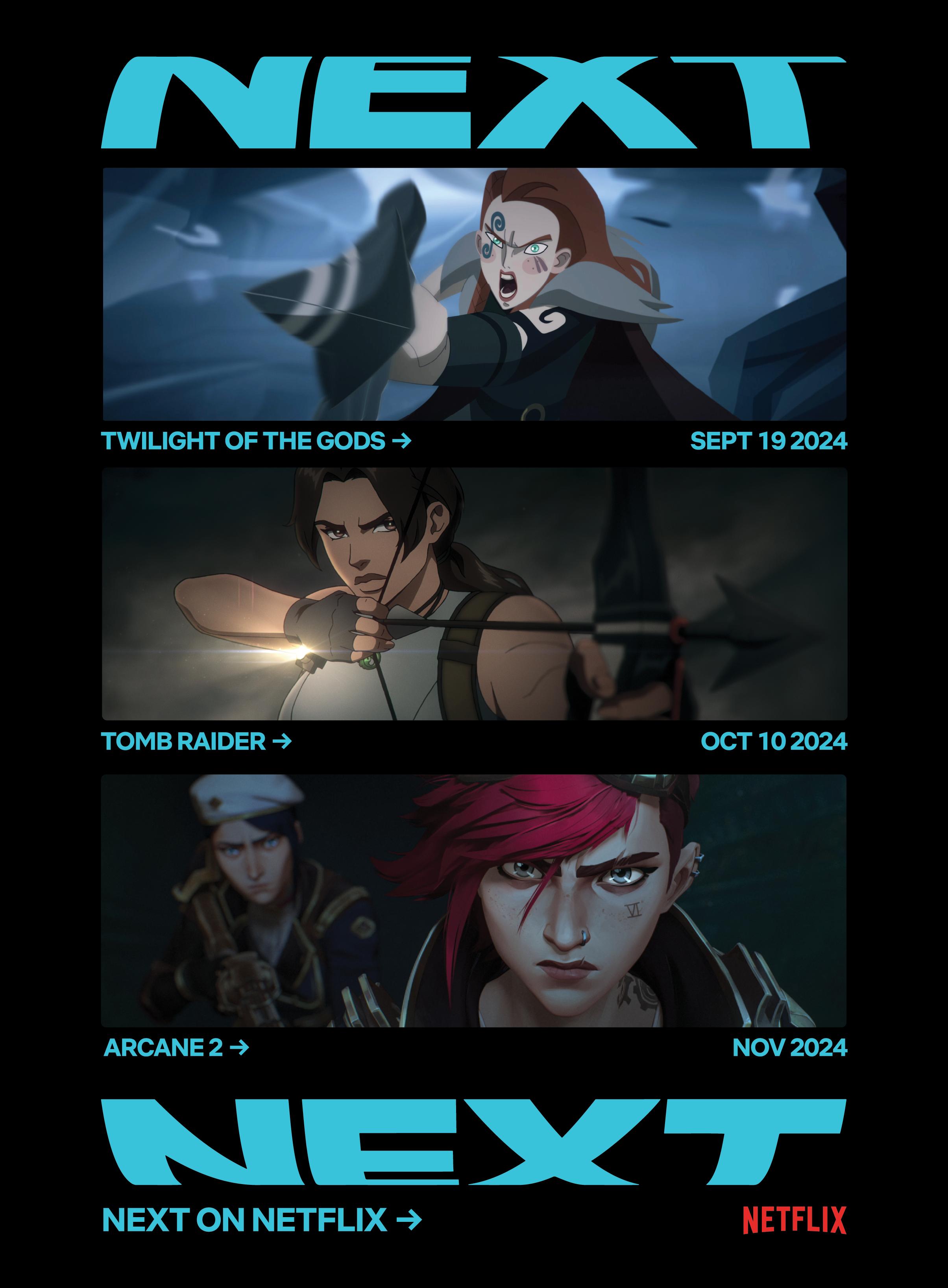
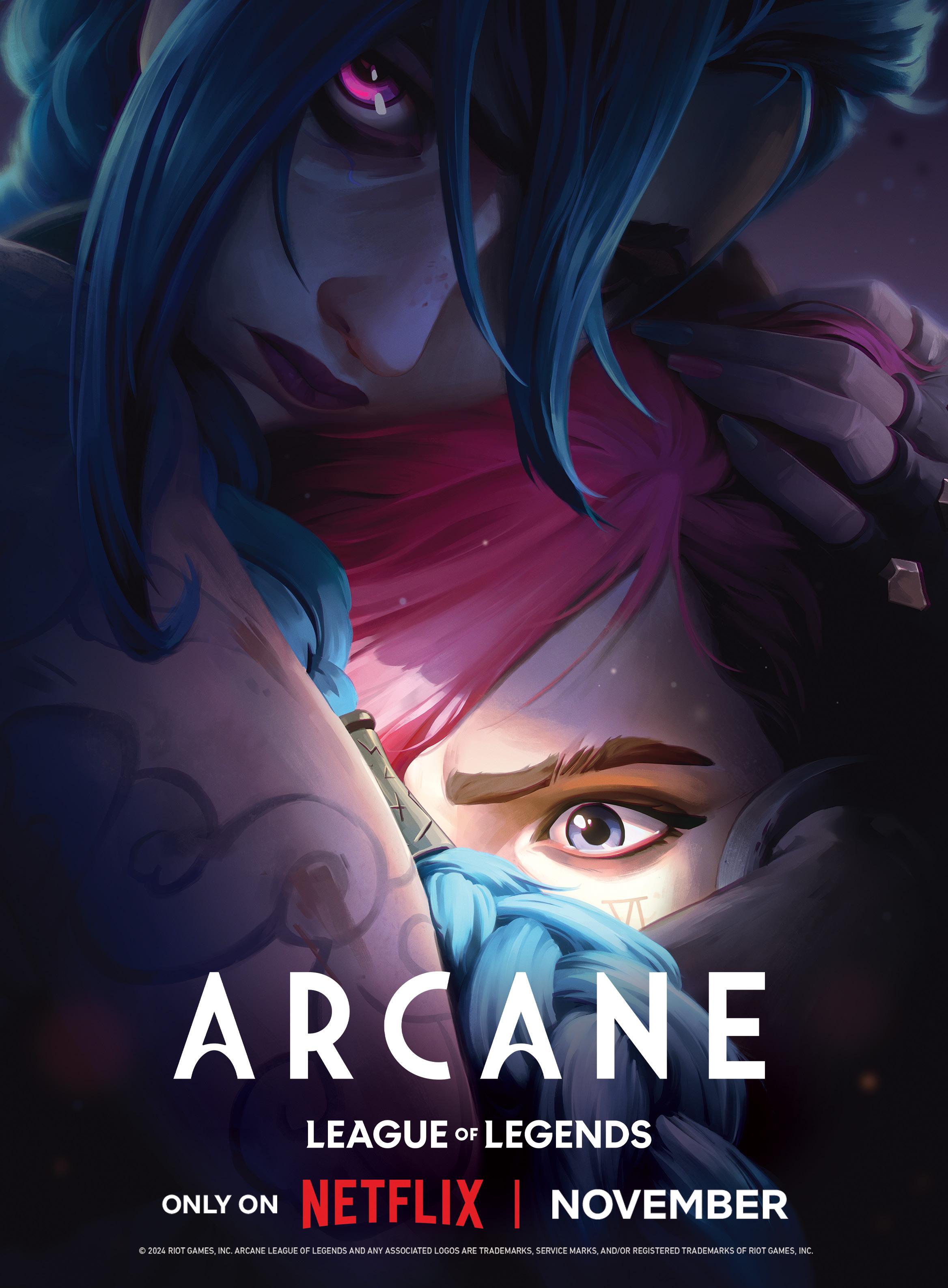




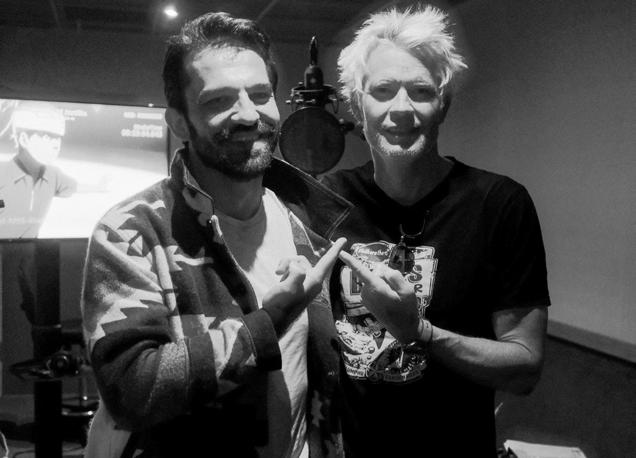
Who are Eiko, The Prophet, Malcolm Lee, and the T-800? Meet the new players in Terminator Zero's War For Tomorrow. PG. 16
Above: Mattson Tomlin and Timothy Olyphant (voice of the T-800 Terminator) at the recording studio.
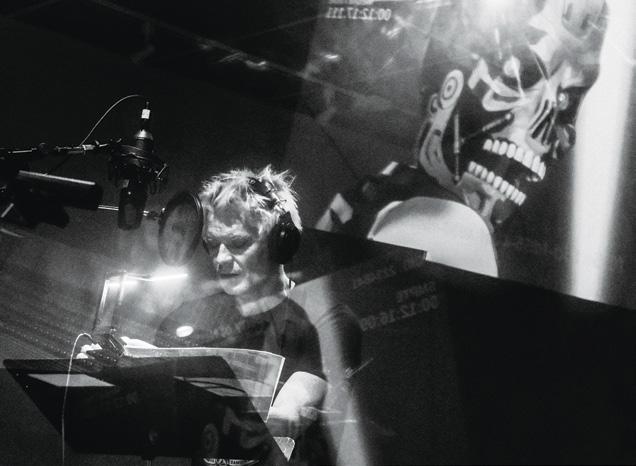
Learn how venerable anime studio Production I.G brought Terminator Zero’s post-apocalyptic Japan to life. PG. 20
Above: Olyphant puts his own spin on a sci-fi icon.
The Making of Terminator Zero
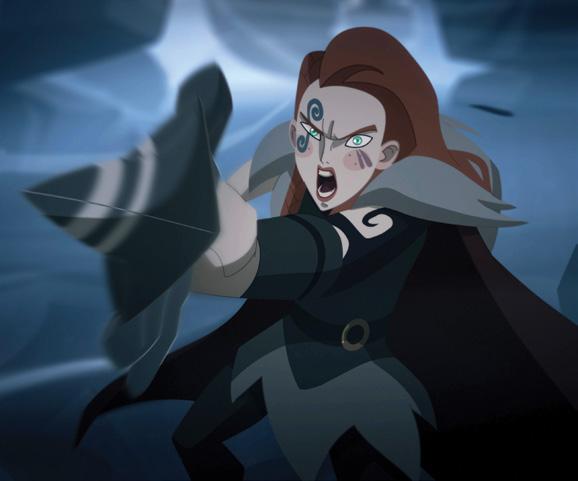
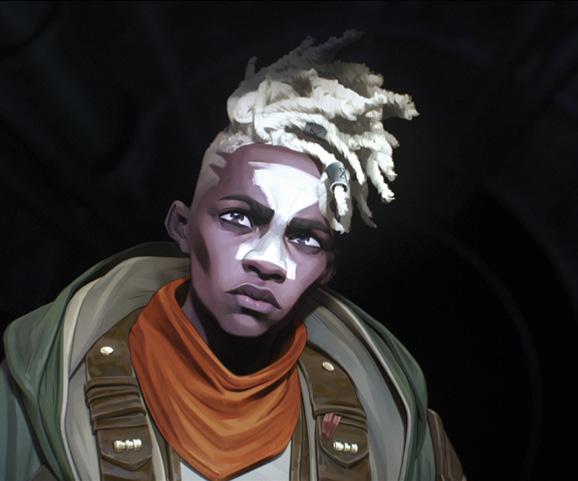
Terminator Zero offers a new spin on James Cameron’s classic world. Showrunner Mattson Tomlin details his plan to explore Judgment Day from a fresh point of view in Netflix’s new Terminator anime series. PG. 6
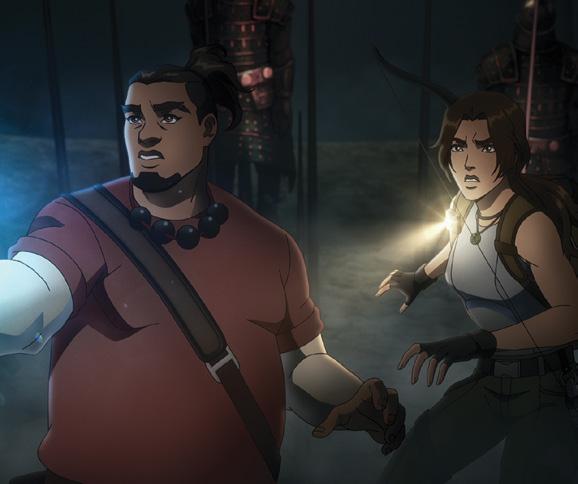
Terminator Zero isn’t the only exciting animation property coming to Netflix. Get to know the details behind Twilight of the Gods (PG. 26), Arcane season two (PG. 30) and Tomb Raider: The Legend of Lara Croft. (PG. 32)
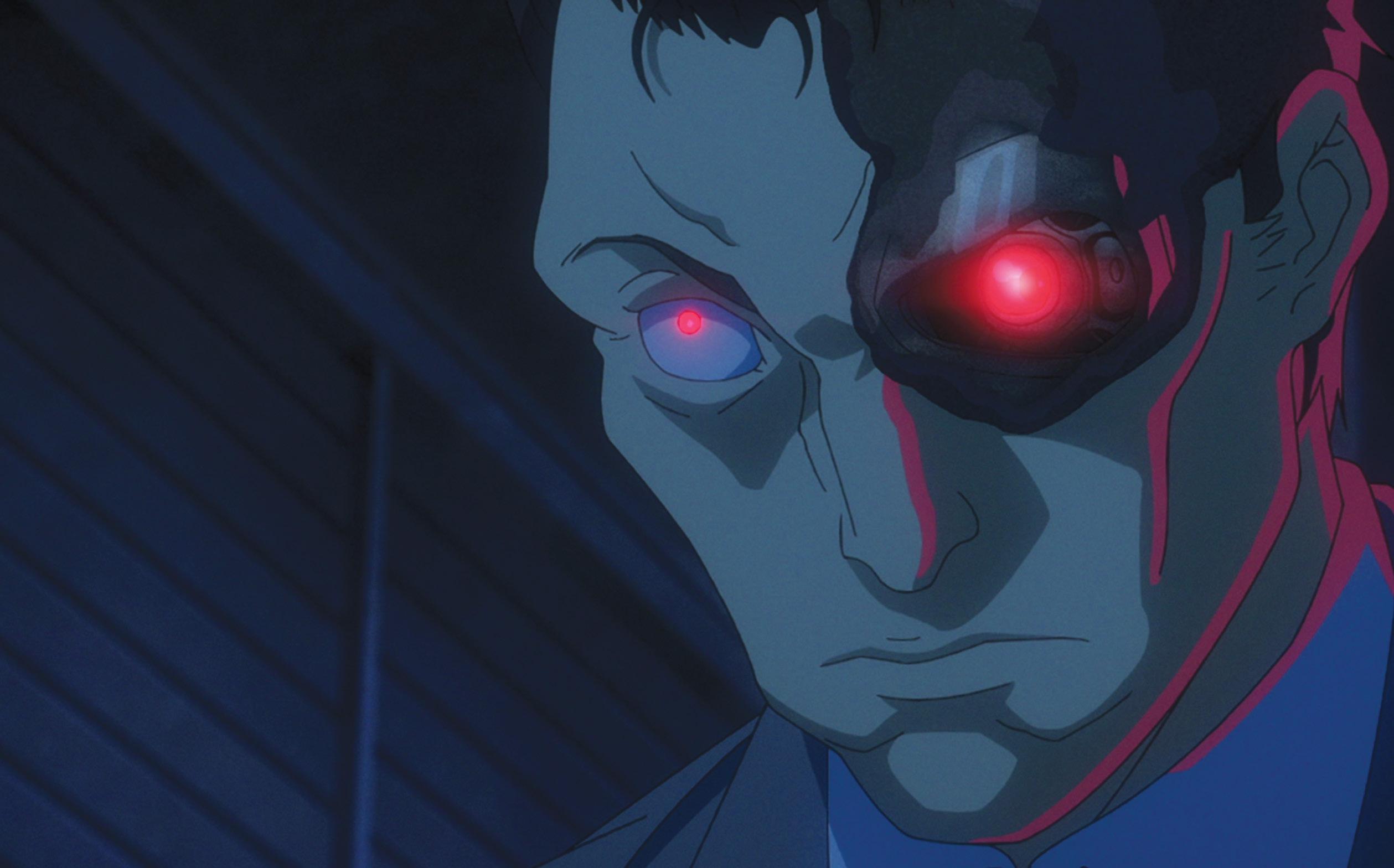
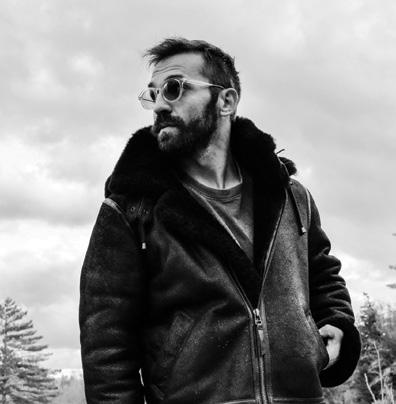
I was 10 years old the first time I saw a Terminator.
It was the year The Matrix was released, and I was on the hunt for everything sci-fi and cyberpunk. My local library carried VHS tapes at the time, and The Terminator was one of the few coveted R-rated films I had been wanting to get my hands on. On my first watch, I made it as far as the T-800 cutting out his eye to reveal the mechanical socket underneath before I turned it off. It scared the shit out of me. For weeks, I had nightmares about a man ripping off his face to reveal the machine underneath.
Several years later, I returned to The Terminator and its sequel. This time, I watched them through to the end. Like so many others, my mind was blown by the genre-defining action, suspense, and blockbuster filmmaking that James Cameron and co. brought to the follow-up.
But I still felt haunted by my nightmares. I still felt haunted by The Terminator
Over several decades and a few more Terminator films, that initial shell shock never went away. There was something to the first film that was elemental, primordial, nakedly fierce. The filmmaking itself felt dangerous, muscular, and, most of all… scary.
In the fall of 2020, I was in the middle of my own war with machines. While in the heat of directing my feature debut, Mother/Android (which features an image in its climax straight out of my nightmares where a face is ripped off to reveal the machine underneath), I got a call that Skydance and Netflix were partnering to make a Terminator anime. A true anime, as the work was going to be done in Japan, and their partners were the famed artists of Production I.G. They asked me if I had any instincts about where to take the story.
Instantly, I was revisited by the ghost of The Terminator As the franchise has veered far into action, I’d spent years daydreaming about a version of Terminator that kept one foot grounded in the horror/slasher vibe. This was a huge

piece of the puzzle.
Whenever you’re making something animated, a critical question must be asked: why does this have to be animated? Sometimes, it’s a hard question to answer, but not in this case. The first two Terminator films are love stories. The first, a love story about a man who crosses time to be with the woman of his dreams. The second, a story of a mother’s love. Both sweep through decades, and in converting into animation, it felt like there was an opportunity to, over multiple seasons, tell a multigenerational story about lovers, parents, children, siblings, and family bonds, stretched over decades and seen through the prism of wars past, present... and yes, Future Wars, too.
It’s always a daunting undertaking to take something people love and revere to new places. Finding the balance of injecting new ideas and approaches (otherwise why even do it?) with the need to preserve the elements that make Terminator feel like Terminator. Here, at the end of season one, I look to the past, and my adoration and respect for all the artists who created this world is at an all-time high. Here in the present, everyone involved in the making of this show has come at it from the perspective of being a fan. We all tried to bring new life and old horror together to give you something worthy of your time and worthy of The Terminator. And as for the future...
SHOWRUNNER,
TERMINATOR ZERO
Print Editor
Rosie Fletcher
Editorial Director
Chris Longo
Creative Director
Lucy Quintanilla
Art Director
Jessica Koynock
Copy Editor
Sarah Litt
Sub Editor
Richard Jordan
Production Manager
Kyle Christine Darnell
Publisher
Matthew Sullivan-Pond
Editors-in-Chief
John Saavedra, Rosie Fletcher
Associate Editors
Alec Bojalad, Matthew Byrd, David Crow, Louisa Mellor
Art Department
Lucy Quintanilla, Jessica Koynock, Chloe Lewis
Head of Video Production
Andrew Halley
Senior Video Producer
Nick Morgulis
Social Media Coordinator
Lee Parham
CEO and Group Publisher
Jennifer Bartner-Indeck
Chairman
Bob Bartner
Chief Financial Officer
Peter Indeck
Managing Director
Mark Wright
Director of Partnerships
Chris Longo
Publisher
Matthew Sullivan-Pond
Project Power writer Mattson Tomlin is bringing audiences his most ambitious Netflix project yet: An eight-episode Terminator series that explores Judgment Day from an entirely new point of view.
BY ROSIE KNIGHT

MATTSON TOMLIN CAN'T QUITE BELIEVE THAT he's here, sitting in the Netflix offices talking about his soon to be released Terminator anime with Production I.G.
"It started with a phone call out of the blue," he recalls. "I was directing my movie Mother/Android, which is also about another robot apocalypse." The film takes from Tomlin's own experience as an adoptee and has what he calls "a completely different emotional tenor" than Terminator, but that didn't stop him from comparing the two.
Tomlin’s remit was simple: craft an animated TV show made with Netflix and their partners
Production I.G, the famed Japanese animation
studio behind hits such as Ghost in the Shell and Psycho-Pass. It was then that the writer/director had a realization. "Oh, it's gonna be a very different mode than the $200 million blockbusters they've been making." The only story rule was that it had to have a Japanese element to it. "At first, they were like, maybe just a Japanese character or something like that. And I was just like, 'No, we should set it in Japan,' and I pitched the story."
Tomlin was eager to craft something that added to the lore of the franchise while giving a whole new perspective that we hadn't yet seen. He thought that "leaving the U.S./Mexico border" was an exciting way to do just that. It wasn't just a chance to learn

new things about the Terminator series but also for Tomlin to learn the ropes of working with an anime studio.
The director was equally as excited and terrified about taking on such a beloved and impactful franchise. "It happens with every job, you know, I really, really want it but I'm also scared to death of getting it because if I get it then I actually have to do it." He's also aware of the importance of leading with story. "You can't just blow up shit for the sake of blowing it up. Nobody wants that, what people want are characters and story and the truth."
An anime studio bringing in an American writer to compose a show that is made by a Japanese production company is an unusual setup. Tomlin made it clear that it had been a learning experience. "I'm still learning. We're finishing the show now, and the collaboration has been excellent. Director [Masashi] Kudō is a genius, and all those folks at Production I.G are incredible artists who truly give a fuck about what they're doing, and that's special."
I realized that this is going to be out there, and it will inevitably be the way some people discover Terminator. If it happens, I hope I hear about it because that would be a rad full-circle thing.
– Mattson Tomlin
Terminator Zero straddles two timelines: 1997 as a scientist named Malcolm Lee attempts to use his own AI creation to stop the incoming Skynet threat, and 2022 where a group of rebel survivors send a warrior, Eiko, back in time in order to stop Skynet from achieving its goals. In order to stop Malcolm’s plan, a new Terminator is sent back to assassinate him–changing the lives and futures of the scientist and his family forever. It's a vibrant new take on the classic franchise that expands our understanding of what a Terminator can be and how Judgment Day played out. It also marks the first anime in the series' decades long history.
The show opens with a stunning 10-minute action sequence that fully cements it as a vital entry into the dystopian action franchise while still feeling wholly unique. It's the kind of cold opener that will encourage both new and old fans to give the series a

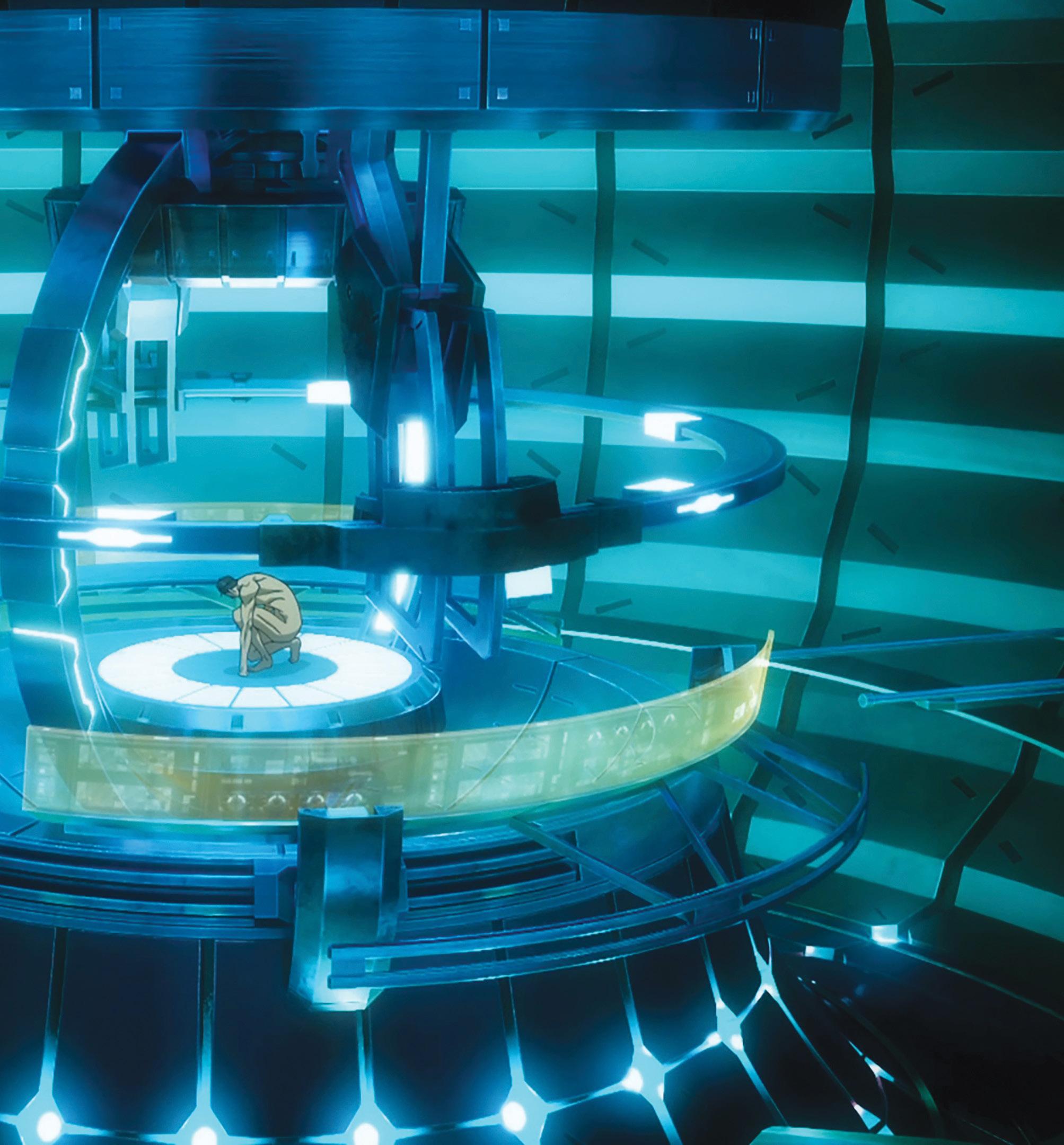

chance, and for Tomlin, it represents one thing: "Relief! Just total relief, not only like this is going to be okay or this is going to be good but 'Oh fuck, we're doing this!'" he says. "And to make it about me for a second, they're going to make me look so smart! I've been so spoiled by my artistic collaborators, both in comics and here. The writing is just the writing, but to stick the landing on the page or, in the case of Terminator Zero, the screen, is a whole other ballgame!"
The series balances the hardcore cyborg action alongside the heart that has always made the franchise sing, something Tomlin realized was key
in his early research phase. "Once I got the job, I watched all the movies again and was just looking for 'why do we care for this?' The thing that really struck me is the emotional core of the family and the mother-son dynamic, which is all T2. But then I watched Terminator and was really struck by the scene in the bunker in the future with Kyle Reese looking at a photo of Sarah Connor, and I just went, 'Oh, this is a love story.'”
“He's loved her forever,” Tomlin asserts. “It's not about making sure John Connor survives, even though that's what he says. It's not about stopping Judgment Day, even though that's what he says. It's


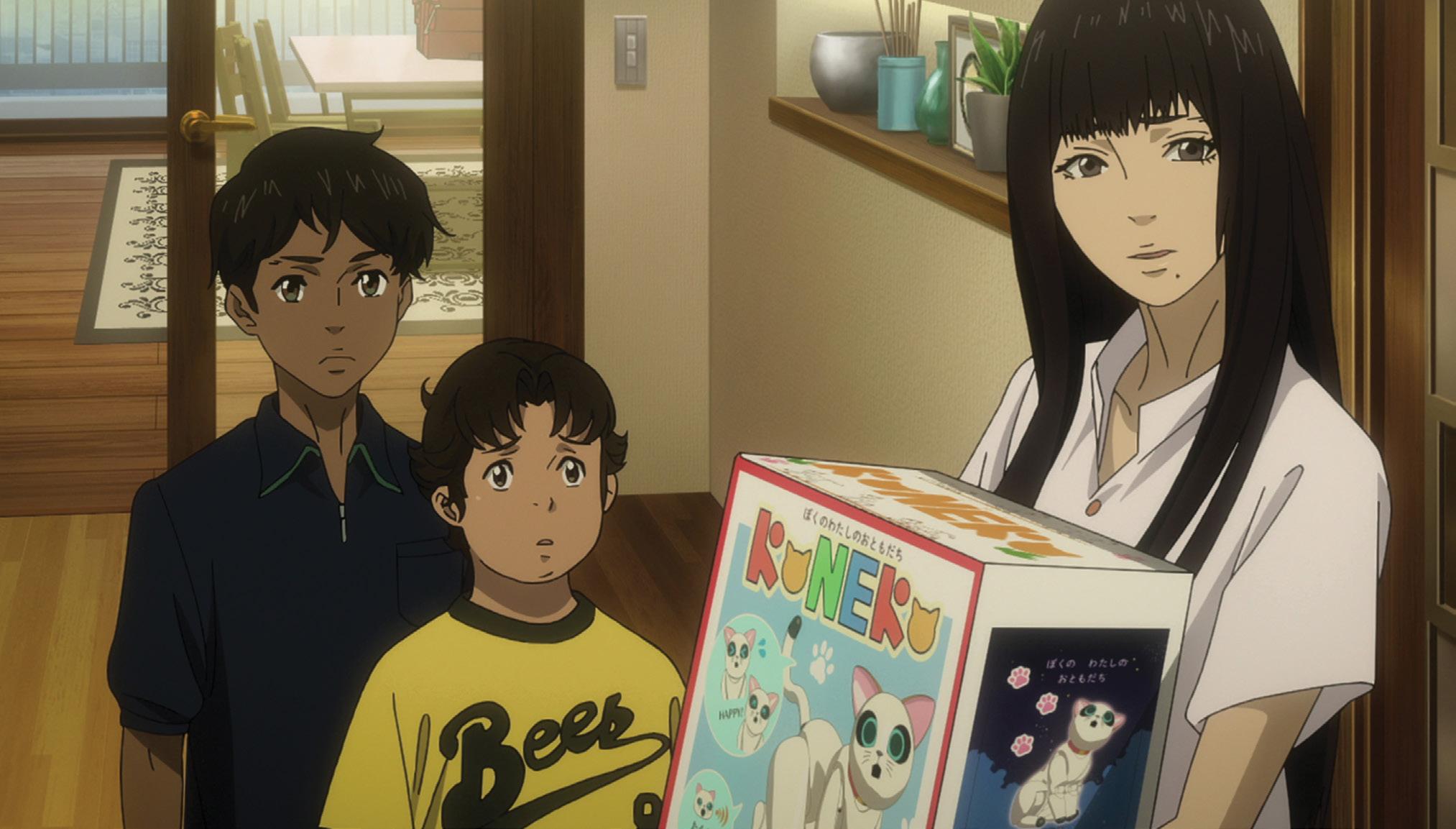
not about killing this Terminator, even though that's what he says. He loves her, and it's about these two parents just doing their best and trying to come together and survive everything the world is throwing at them."
One of the things that the world is throwing at them is, of course, powerful sentient artificial intelligence, which while mere speculative fiction decades ago, is now becoming a part of our everyday life. So what does it feel like to have a new Terminator project coming out as AI becomes more pervasive in our everyday lives than ever before? "It feels relevant but also, for me, feels late. It shifts so fast that, inevitably, if I were to rewrite things to catch up now, by the time that we executed them, we'd still be six months behind. But I'm happy that people are going to watch it, and it has something to say about technology and the role of AI in our lives. But I'm not going to be someone
“ It has something to say about technology and the role of AI in our lives. ”
– Mattson Tomlin
who bangs the drum that says computers are bad because I don't think it's that simple. It's more nuanced than that, and we have hours and hours to tell a story that's more complex."
With all that said, though, he is aware that the show is coming at a very specific time in the conversation about AI and the moral and ethical uses of the technology. "There's definitely a Promethean fire thing that's going on, where we're working with scary forces, and I think that there are genuinely a lot of ways that it could go wrong."
Tomlin's worst robot nightmare is far closer to home than your average world-ending apocalypse. "I don't fear the killer robot version," he says. "Though I do think that actually could happen. I fear the robocalling version. The stolen identity version. Yeah, I fear the version of 'My credit cards don't work. And suddenly, my identity has been

stolen, and I can't get into my house anymore.' I think that's here now."
Like the rest of us, before he lived through the real-life rise of AI, Tomlin grew up on James Cameron's iconic films, beginning with the first entry, "which I think is actually a bit rare for anybody after 1992," he says. Renting it from his local library, 10-year-old Mattson was feeling brave, but alas, "I only got as far as Arnold sticking a screwdriver in his eye. I turned it off and put it away, but it haunted me for a long time." His next attempt was at age 12, and, of course, he thought it was "the coolest thing ever." That was far from his last influential experience with Terminator. "My parents took me to Universal Studios around that time. I got to experience T2-3D: Battle Across Time. Now I know how physics works. So it's like you kind of know what the magic trick is. But I swear to you, that was the one day Arnold Schwarzenegger was actually there, and it was Arnold Schwarzenegger who came out of the screen. Twelve-year-old me was just like, 'This is fucking incredible!'"
That personal connection always makes taking on a beloved series like Terminator an equally exciting and terrifying prospect. "There's the fear of fucking it up, there's the fear of 'are people going to hate this?' and then having to go through the pain of ruining something people love. Then, on the other hand, you have to dismiss all of that. I have to reach out into the ether and let that little 12-year-old take me by the hand and let him guide me and be very connected to that. Then balance that against 33-year-old me, who's thinking about character and story in a much more analytical way. So marrying them together so that hopefully there's the delivery of something that's kind of rad and makes people go, 'Oh, I didn't know you could do this.'"
So, has that 12-year-old or his 33-year-old counterpart come to terms with just how big this project is and what it means to be taking it on not only as a fan but as a creative? "I can't think about it. That might come in a month. It might come once I've watched it with an audience. But when I write something original, it's me at a desk just writing
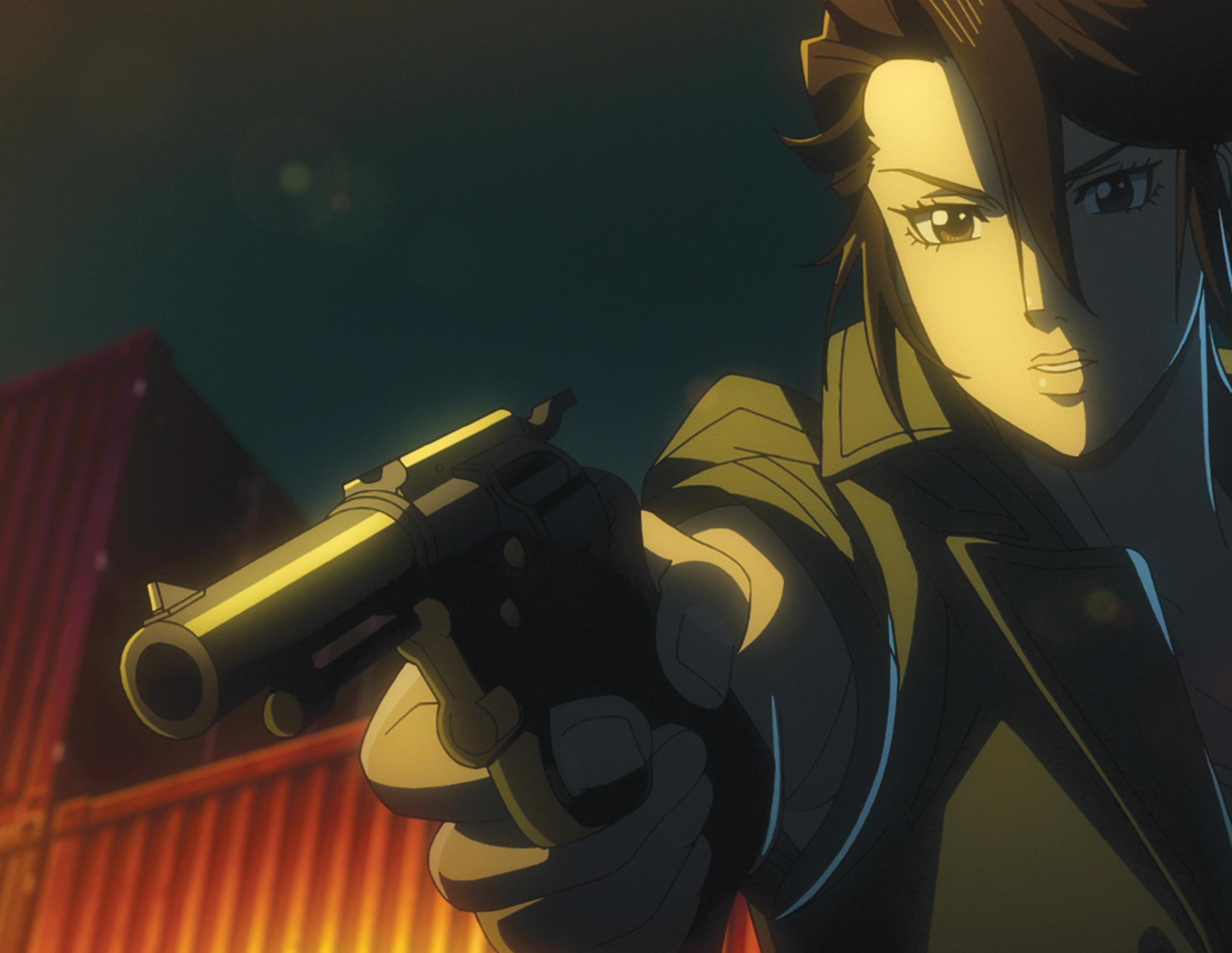


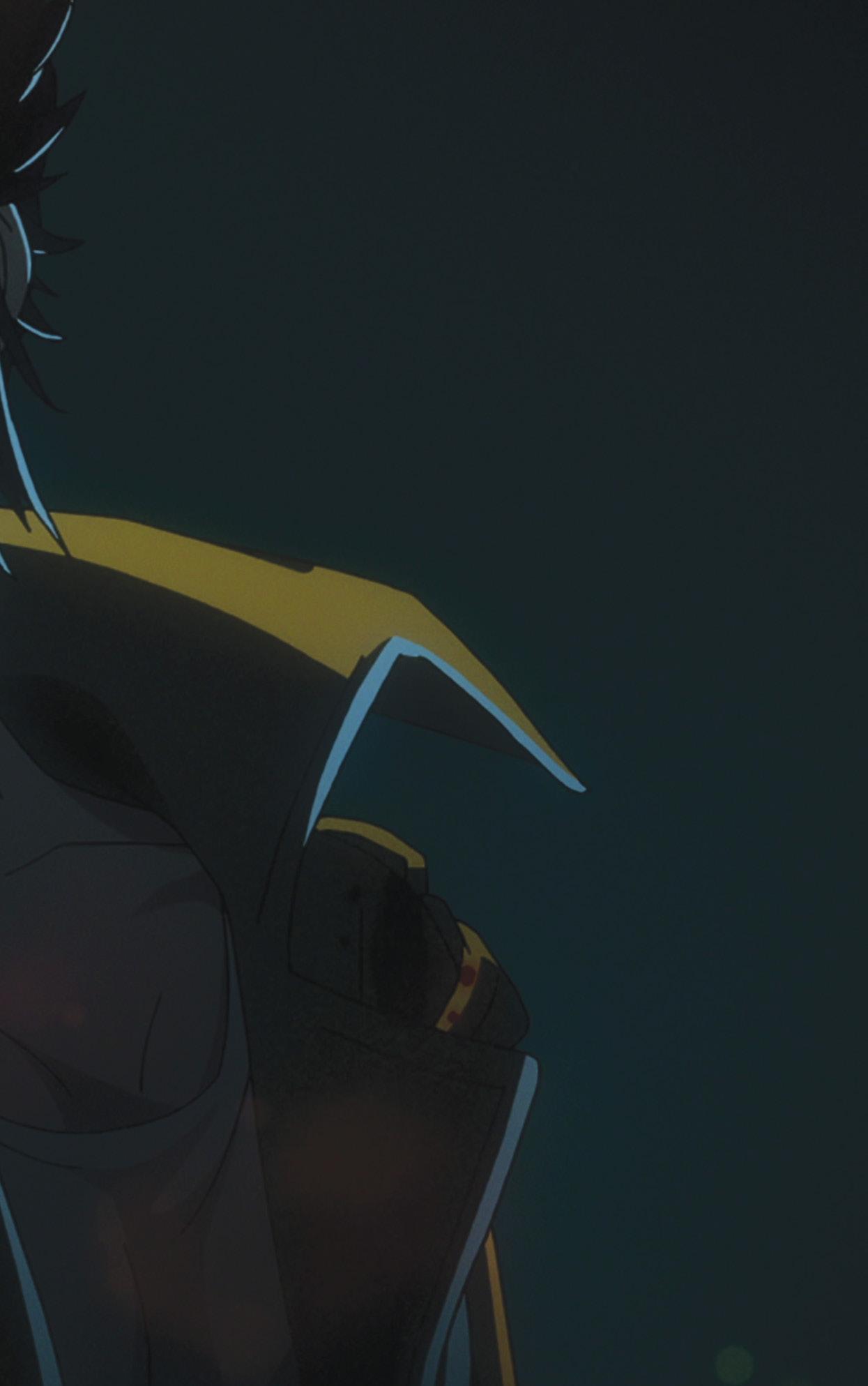
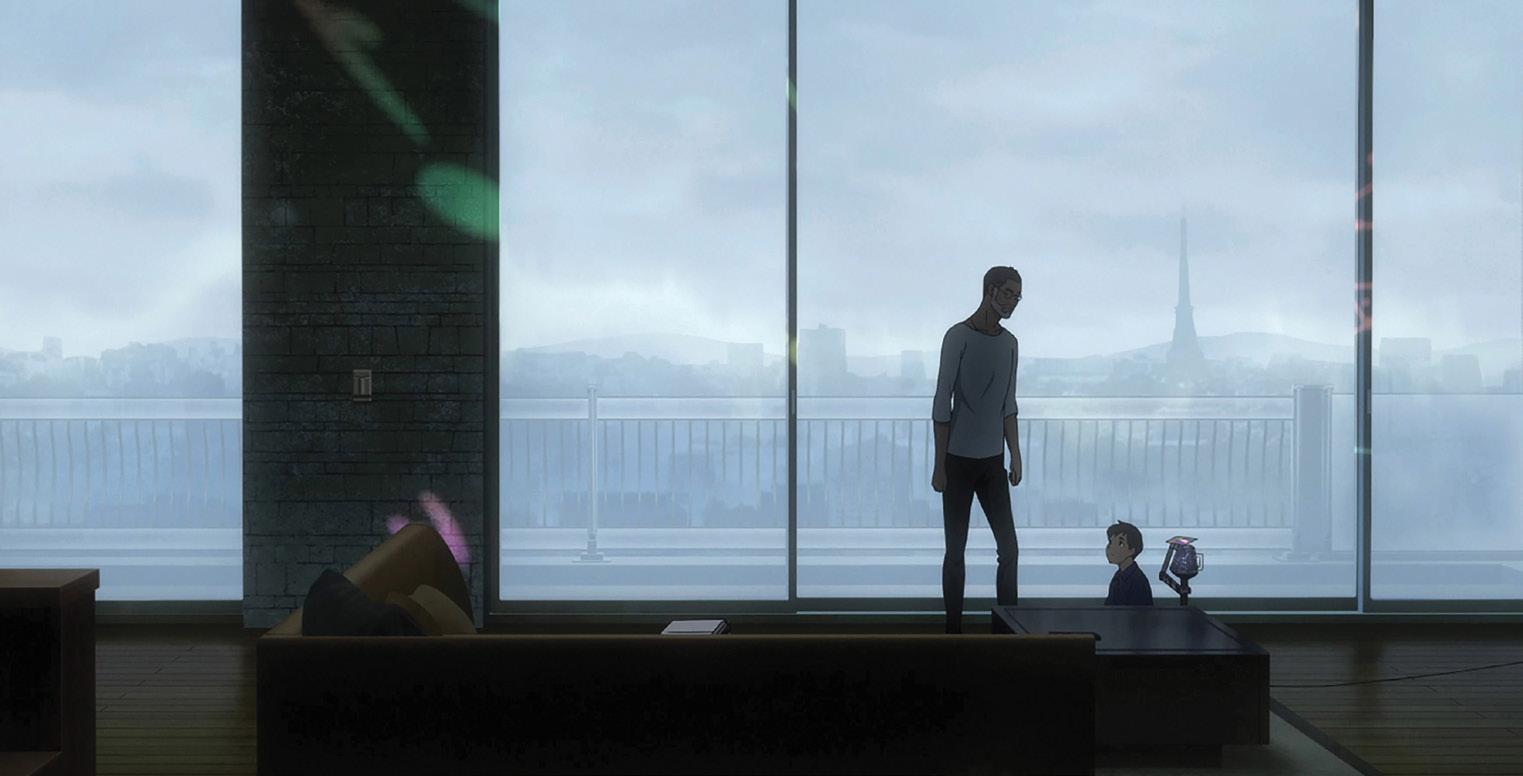
something, and it's me in my own head. And nobody knows that exists, and nobody cares. It is always harder and more intense when it's something that people have heard about, and not only something that people have heard about but something that people are invested in, something that people care about, something that people have associations with from times of their lives."
That personal connection is something that Tomlin can attest to first hand, and not just because of his own love of the sci-fi series.

"I can't tell you how many people, when I mention Terminator, launch into a story about the first time watching it with their dad or a family member and how that was a special time. So, you're either gonna like me for it, or you're gonna hate me for it. That comes with the territory. When it's time to go to work, I let all of that go [and say], 'How do I make this rad?'"
For Tomlin, it’s still sinking in that Netflix's massive audience and global reach means that Terminator Zero could likely be someone's first experience with the franchise, the entry point that makes them become a fan.
"I only had that realization a couple of days ago because I'm living the world through my brain. But then I realized that this is going to be out there, and it will inevitably be the way some people discover Terminator. If it happens, I hope I hear about it because that would be a rad full-circle thing."
BY DANIEL KURLAND



Eiko (Sonoya Mizuno; House of the Dragon ) has seen the horrors of a post-Judgment Day future and is chosen by the Resistance to go back to the year 1997 so that humanity can prevent this dark fate. Eiko’s success rests on making contact with Malcolm Lee and stopping him from bringing his advanced AI, Kokoro, to fruition. An opportune encounter with Malcolm’s three kids turns Eiko into their unexpected guardian and gives her crucial collateral in the war for Judgment Day.

2022’s post-Judgment Day wasteland is left with little hope, yet The Prophet (Ann Dowd; The Handmaid’s Tale , Mass valiantly leads the human Resistance effort with sage wisdom and comforting optimism. The Prophet shares grounding philosophies that champion the idea that their ruined timeline isn’t beyond repair. She gives lost people faith and a reason to keep on fighting.
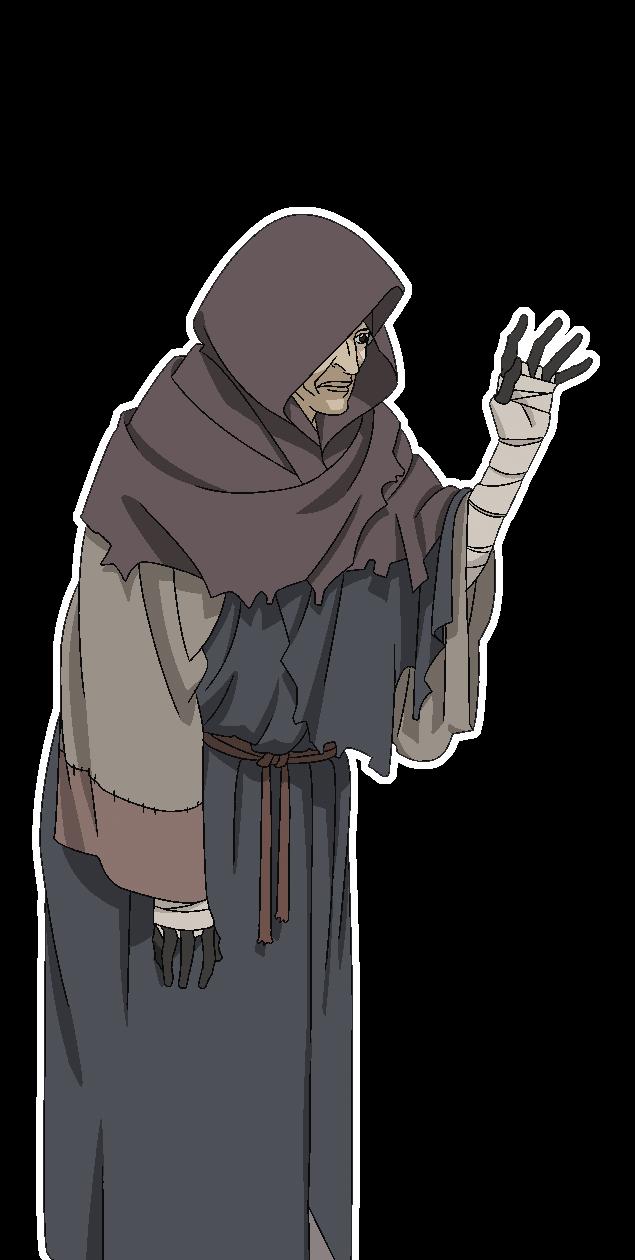
The T-800 Terminator is Skynet’s ultimate weapon and primary tool in the extermination of the human race. Voiced by Timothy Olyphant ( Justified , Deadwood ), Terminator Zero ’s take on this antagonistic AI looks quite different from Arnold Schwarzenegger’s model. This T-800 successfully travels back in time to 1997 and attempts to blend in with Japanese society as he locates and tries to terminate his target, Malcolm Lee.


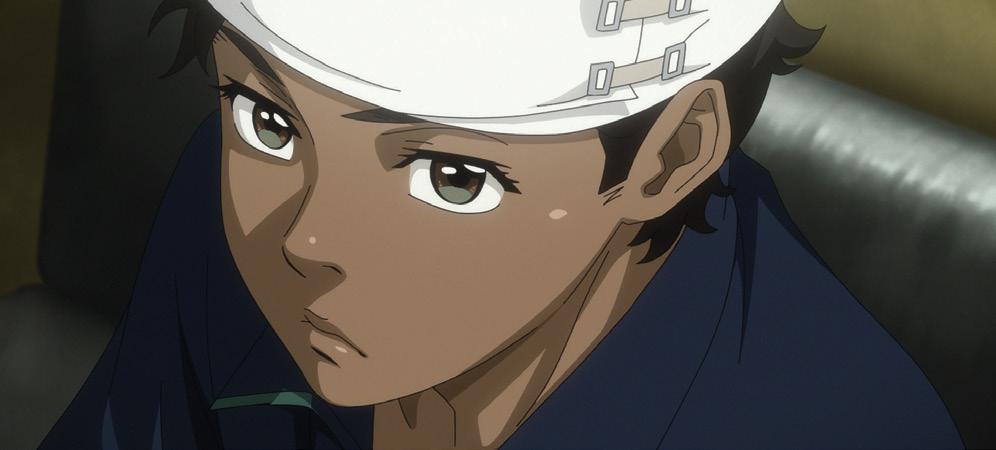
Kenta is naturally curious and takes after his father, Malcolm, when it comes to his passion for technology and understanding how to put things back together. He longs for a closer relationship with his dad.
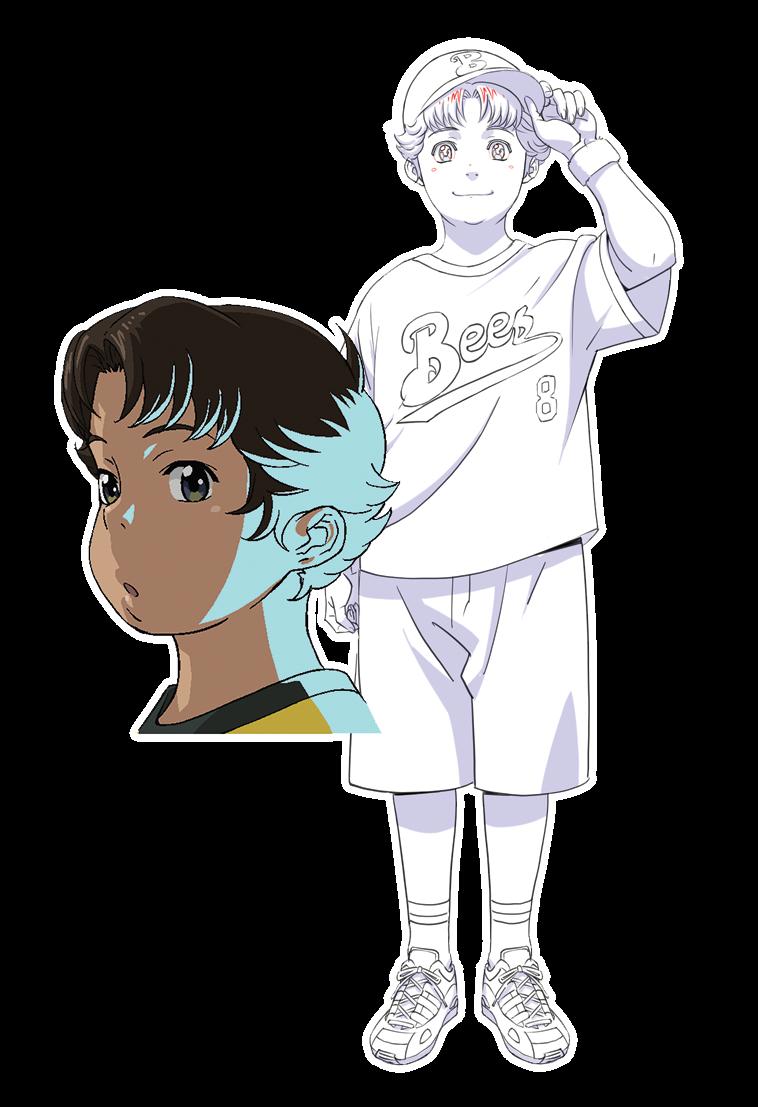
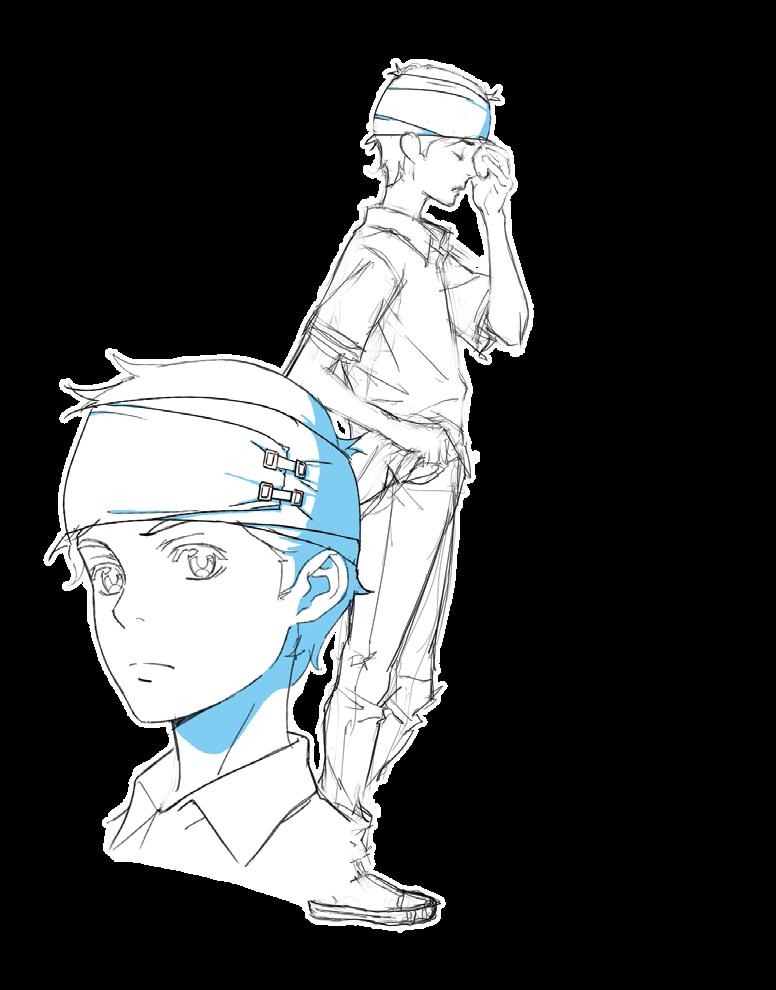
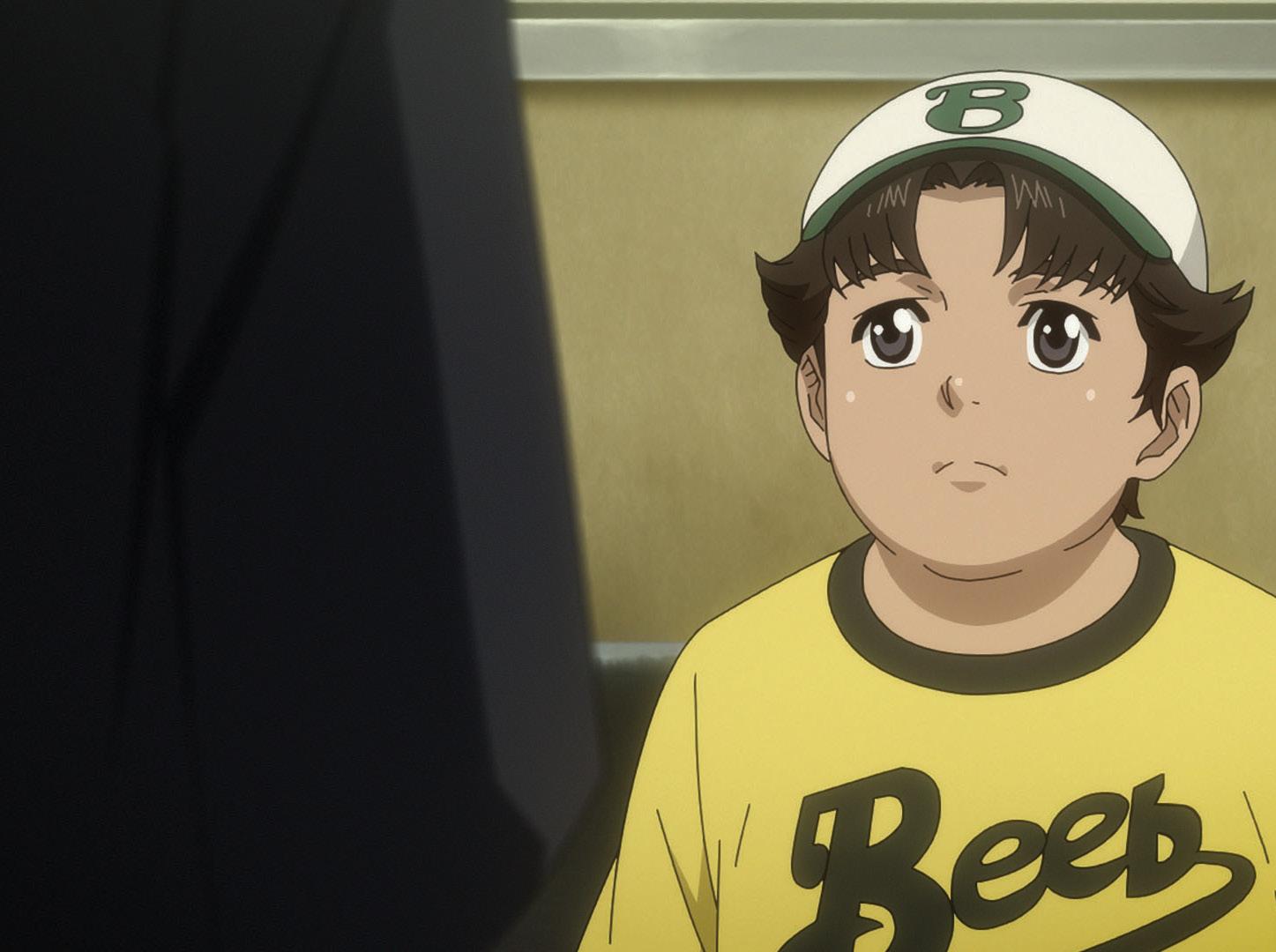
Hiro sees the brighter side of life and embraces a care-free existence as much as possible, even when danger is right around the corner. Hiro idolizes his older brother, Kenta, and is eager to prove himself to the rest of his family.

Reika, Malcolm’s daughter, wears her heart on her sleeve and is the child who is the most affected by the loss of their mother. Reika has experienced emotional and physical pain that leaves her struggling to trust others.

Scientist Malcolm Lee (André Holland; Moonlight , The Knick ) has spent the last decade tirelessly perfecting a state-ofthe-art AI system—Kokoro—that has the potential to change the world. Malcolm believes that knowledge is power, which is an ideology that he tries to push on his three children as he prepares them for an uncertain future. As Malcolm’s life’s work comes closer to completion, he begins to struggle with the moral complications that surround his science and what is truly best for humanity. Malcolm finds himself in the middle of a war that has the potential to wipe out all humanity if he’s not careful.

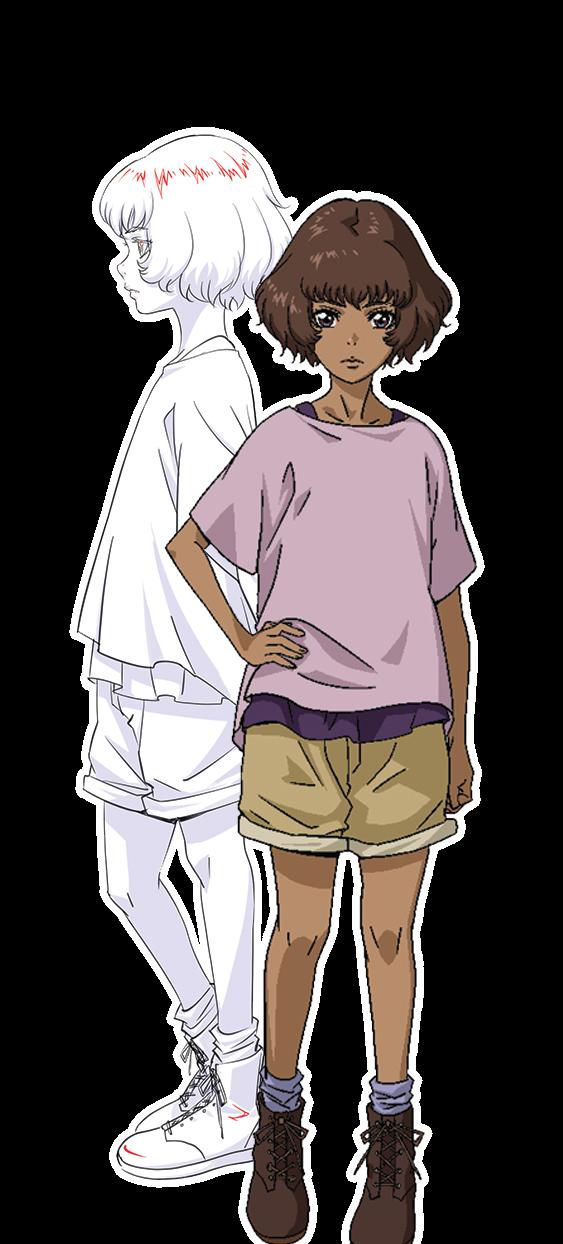
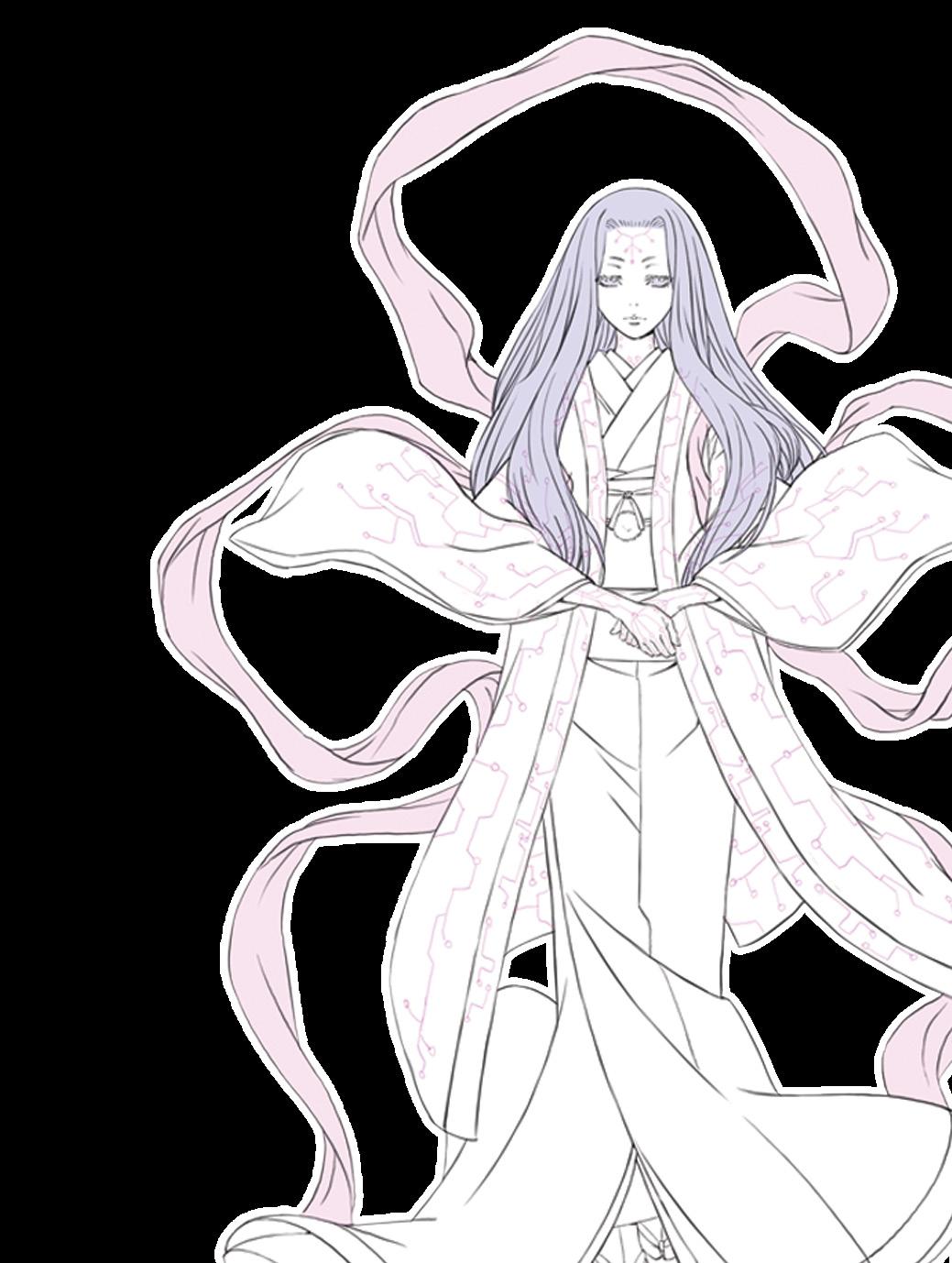
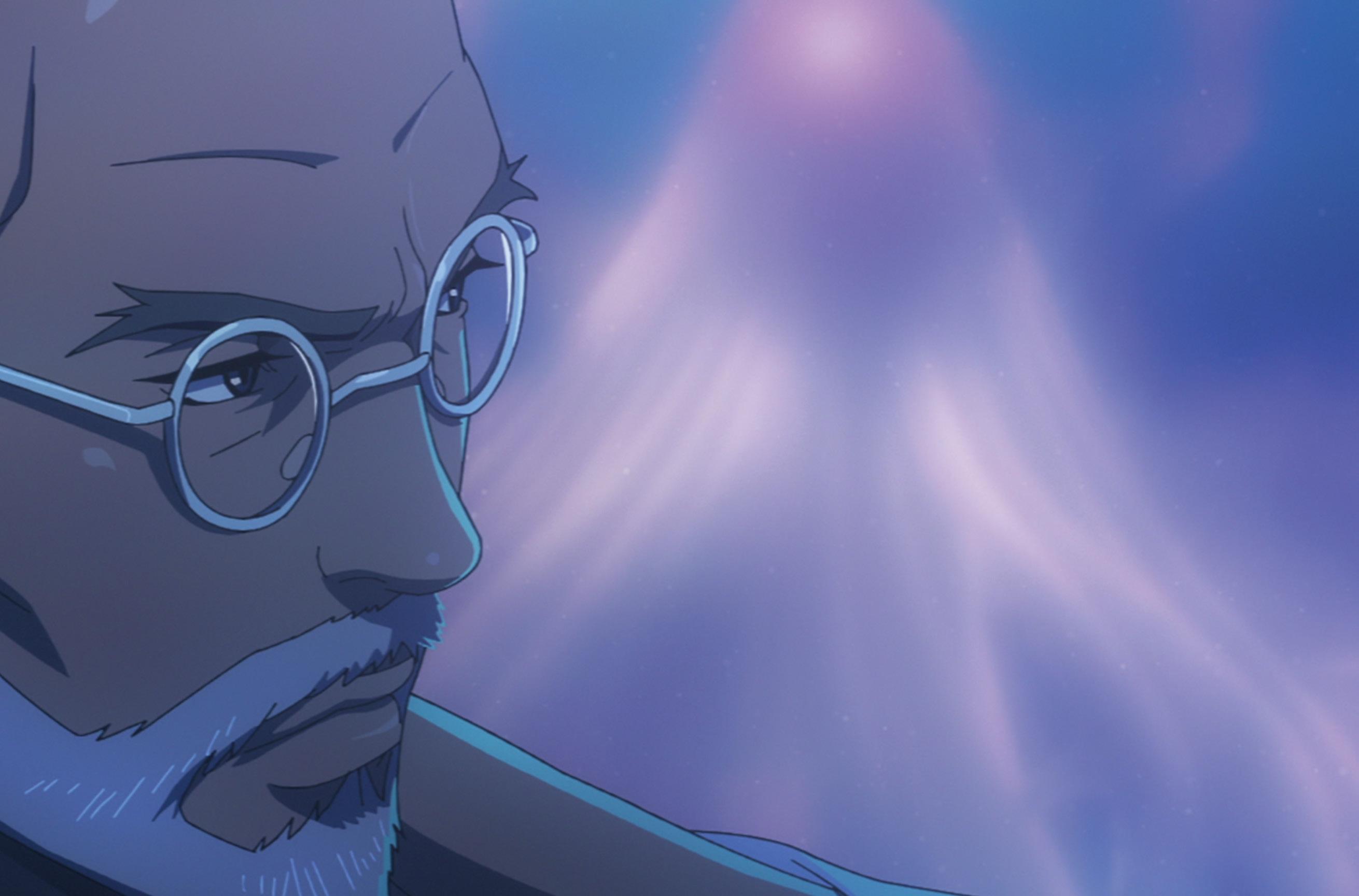
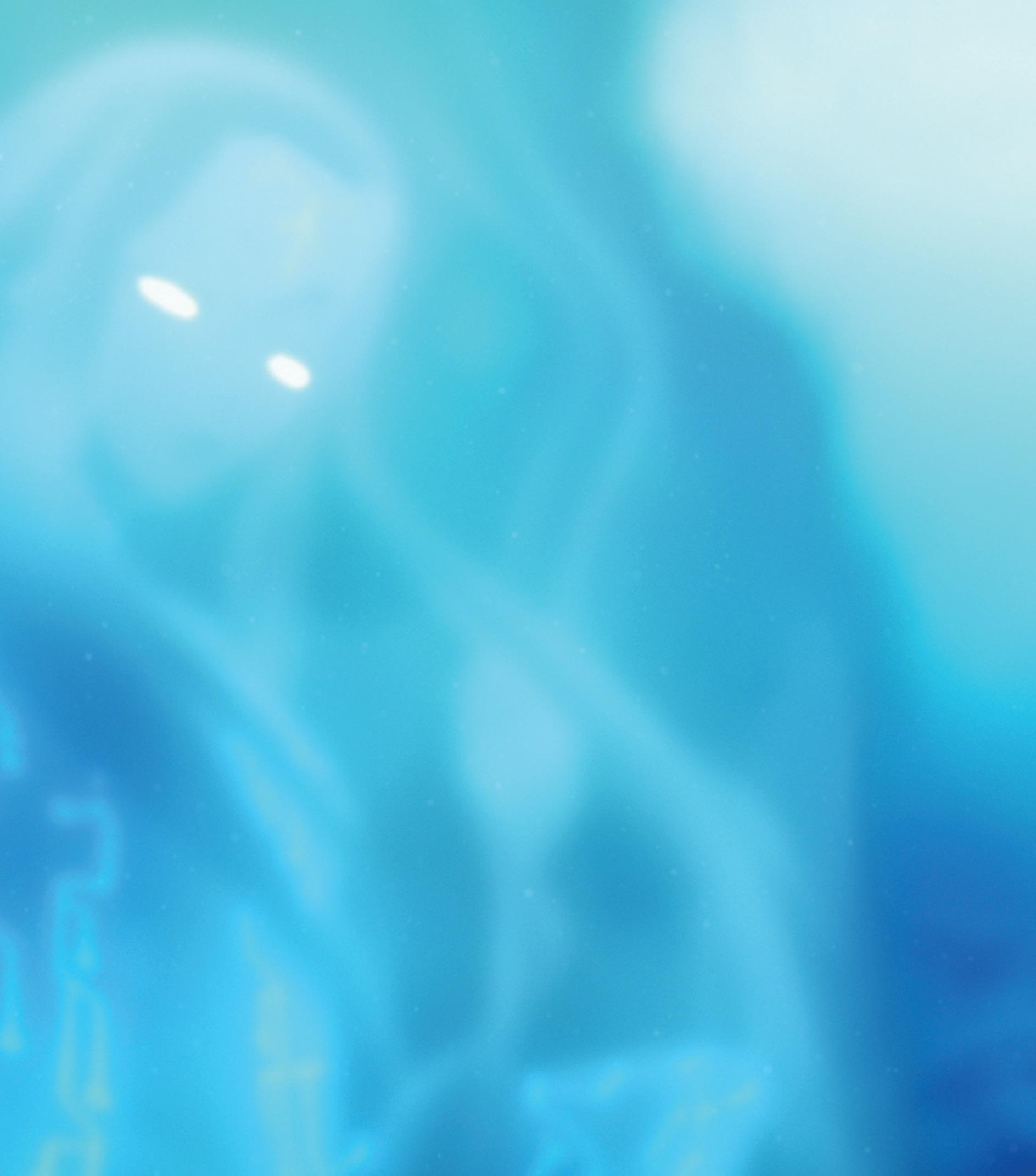


Kokoro | 1997
Kokoro, an advanced AI that’s designed to defeat its competition, Skynet, is Malcolm Lee’s greatest accomplishment—but possibly also his ultimate curse. Malcolm is ready to properly launch Kokoro (Rosario Dawson; Ahsoka , Common Ground ) and bring its grand services to the world. However, Kokoro’s inquisitive nature and compulsion to interrogate humanity’s innocence and purpose gives Malcolm pause. Kokoro becomes an important sounding board for Malcolm, but only it will be able to decide if human beings are worth saving or a growing blight on society.
Misaki is the Lee family’s nanny and a crucial source of support following the loss of Malcolm’s wife. Misaki lays down Malcolm’s instructions in his absence, but still has a heart of gold where she’s willing to bend the rules to appease his three kids. Misaki feels like a proper member of the Lee family, but she’s haunted by troubling thoughts, fears, and a certain confusion regarding the ways of the world.
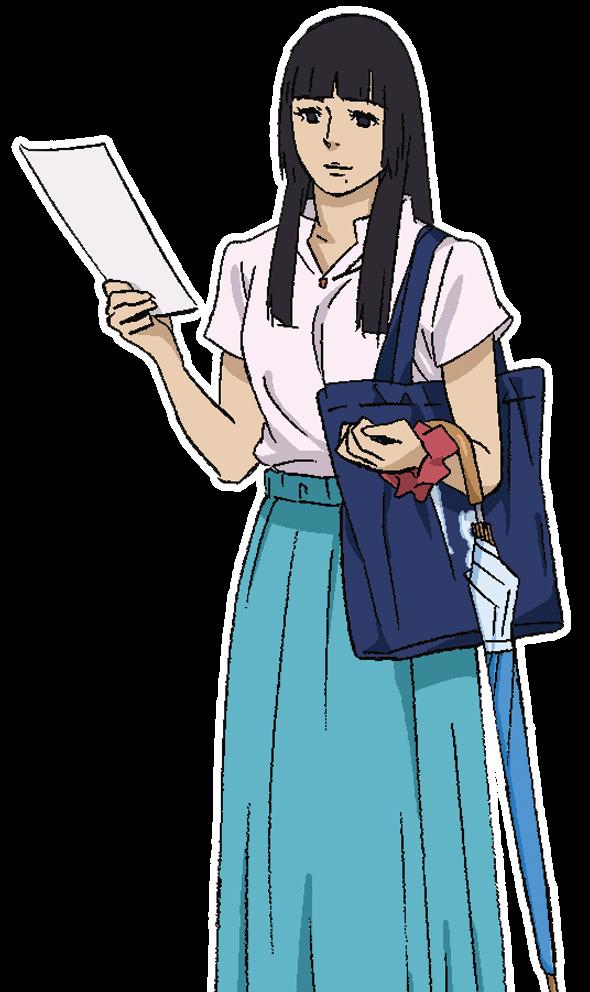


THE THREAT OF ARTIFICIAL INTELLIGENCE HAS EVOLVED FROM A radical science-fiction fantasy into a very real concern that continues to change the world with each passing day. Technology and entire industries are being redefined by mankind’s growing reliance on artificial intelligence. The prospect of a technological singularity and an A.I.-driven robot apocalypse may have seemed like cinematic make-believe back when James Cameron and Gale Anne Hurd’s The Terminator was released in 1984. However, four decades later, technoarmageddon feels more plausible than ever, and it’s the perfect time to revisit a franchise that’s as totemic as Terminator.
There have been Terminator comics, video games, and even a series of novels, but it has proven to be a challenge to properly cultivate the right cyberpunk dystopian energy that’s become synonymous with the franchise. Acclaimed animation studio, Production I.G, in association with Skydance Television and Netflix Animation, have neurolinked their resources together to create Terminator Zero, the perfect Terminator anime series that not only respects its source material but also bravely pushes it forward to unprecedented places.
A gritty, action-heavy property like Terminator may seem tailor-made for an anime makeover, but there are dozens of different art styles and aesthetics from contrasting animation studios to consider. Anime is not a one-size-fits-all medium, and plenty of projects fail before they even get moving because a certain story isn’t aligned with the right studio.
Production I.G has been in the business for over 35 years and has more than 100 unique anime productions to its name. This includes highly-celebrated series
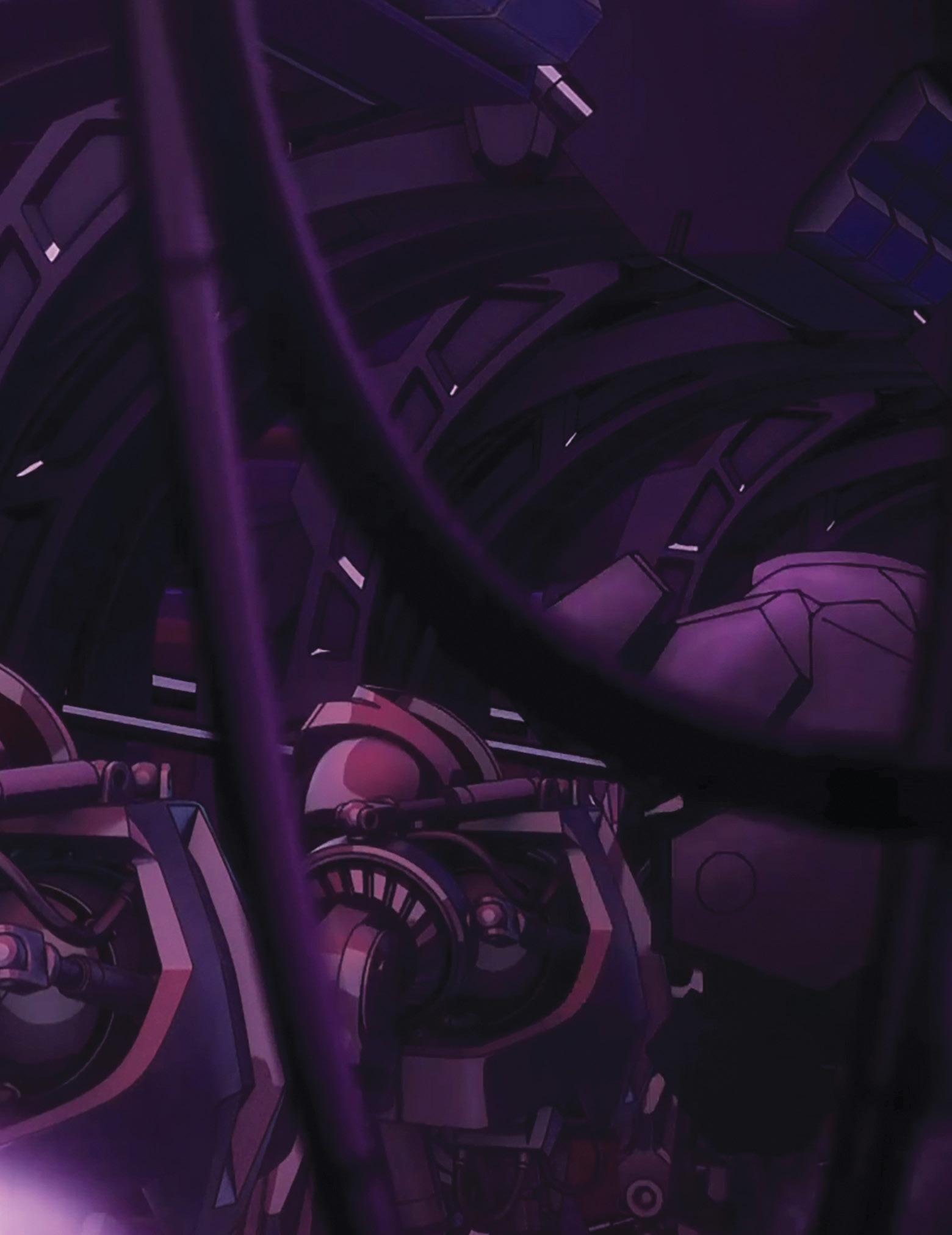
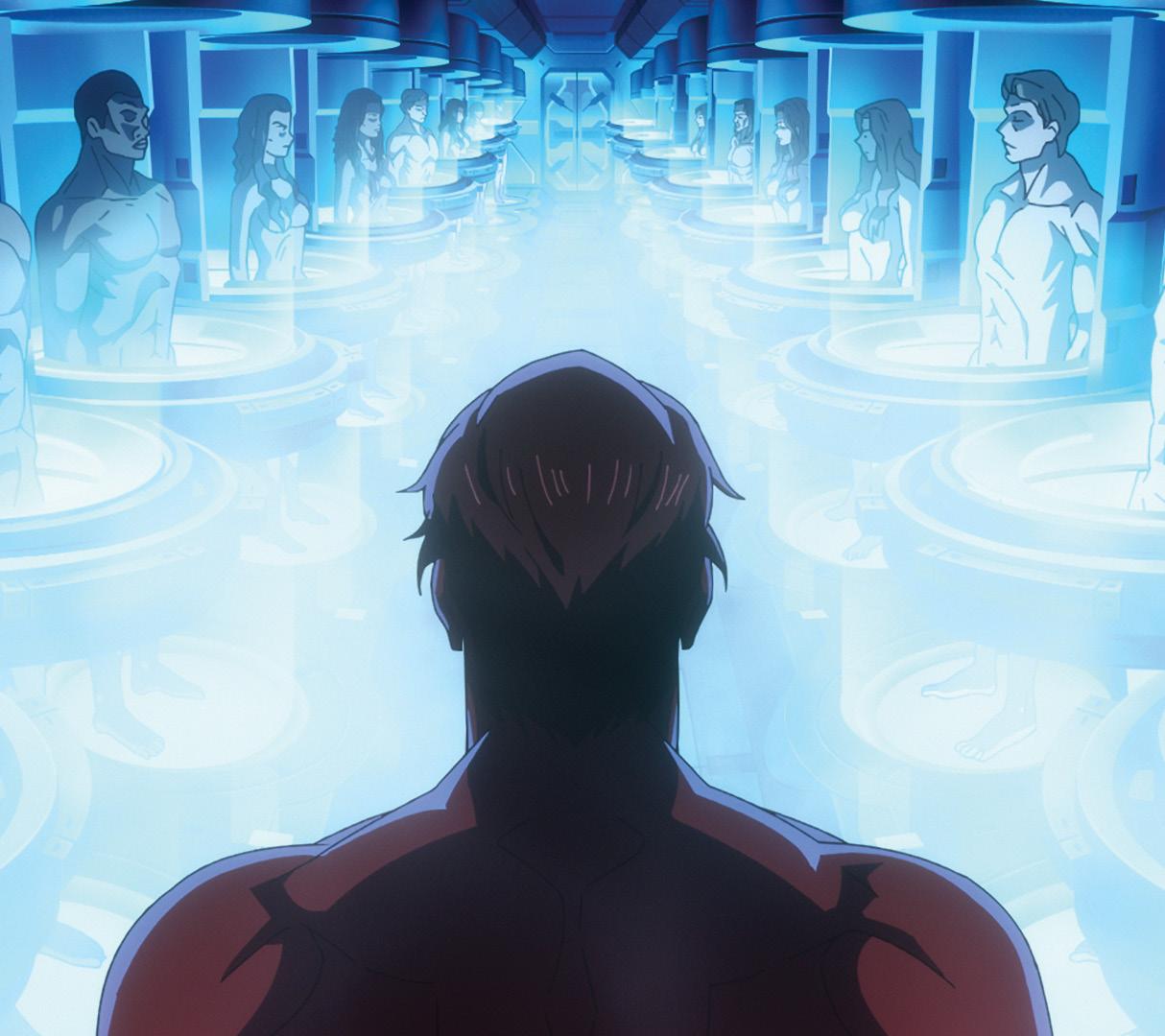
such Haikyu!!, Cromartie High School, and this year’s breakout hit, Kaiju No. 8, but Production I.G is especially skilled when it comes to futuristic cyberpunk dystopian sagas. Ghost in the Shell and PSYCHO-PASS are two of Production I.G’s biggest properties, and they’re practically synonymous with mature cyberpunk thrillers.
Zillion, Production I.G’s inaugural series, even featured a remarkably Terminator-esque concept where a race of warrior cyborgs attempt to eradicate all humans in the future.
Production I.G has built a name for itself as the anime studio to turn to for mature storytelling, complex world-building, and bleak themes brought to life with clean, impressive visuals and a dark animation style (excluding their sports anime).
It’s Production I.G that Quentin Tarantino recruited for Kill Bill: Vol. 1’s ultra-violent anime sequence, and the studio has become well-versed in re-contextualizing established franchises through an anime lens.
One of Production I.G’s most successful series, Guilty Crown, focuses on a scourge known as the Apocalypse Virus that spreads through Japan, causes chaos, and creates a scenario that’s reminiscent of Terminator’s Judgment Day, only if Skynet were successful in their oppressive agenda. In many ways,
Production I.G’s past works and the recurring themes that they’ve routinely explored have acted as the perfect preparation for a project like Terminator Zero. It’s the culmination of nearly four decades of cutting-edge anime storytelling, as if the studio has been training for this moment, just like Terminator’s Kyle Reese.
Koichi Bansho, Production I.G’s animation producer, celebrates how the series feels very in sync with past Production I.G projects. “We were incredibly fortunate to have Atsushi Takeuchi and Yukinobu Tsuneki, renowned for their work on the Ghost in the Shell and PSYCHO-PASS series, as part of the mecha design team for Terminator Zero,” says Bansho. Their expertise and contribution to
building the sci-fi aesthetics for this title are unparalleled."
Mattson Tomlin, Terminator Zero’s showrunner and sole writer (who’s also co-writer on The Batman Part II with Matt Reeves), was already a fan of Production I.G’s signature brand of anime sci-fi melodrama. Tomlin was excited to work with Production I.G when he began scripting an animated Terminator series.
“They’re at the very top of the list of dream partners to work with, so for me, it was a matter of making sure that I was writing material that played to their incredible strengths,” says Tomlin. “The partnership between myself and director [Masashi] Kudo was very much built on challenging each other to go higher and harder and do our very best work."
One of Terminator Zero’s most exciting and original qualities is that it doesn’t just depict a new Terminator story, but one that’s specifically set in Japan. This presented some curious challenges to both Production I.G and Tomlin regarding the execution of his story and how to flesh out this world.
“The fact that the story is set in Japan and has a different storyline from the original John Connor and Sarah Connor plot seemed like the perfect way to expand the franchise into a new art form like anime,” outlines Kudo, who directs all eight Terminator Zero episodes. “What I found appealing was how changing the medium allowed for different storytelling approaches and the opportunity to offer new surprises to long-time fans of the franchise. I also wanted to bring a Japanese perspective when it comes to the horror of nuclear weapons.”
Tomlin elaborates on this: “I quickly realized there was a huge opportunity within the Terminator franchise—the films take place entirely in the United States, and a huge portion of that on the
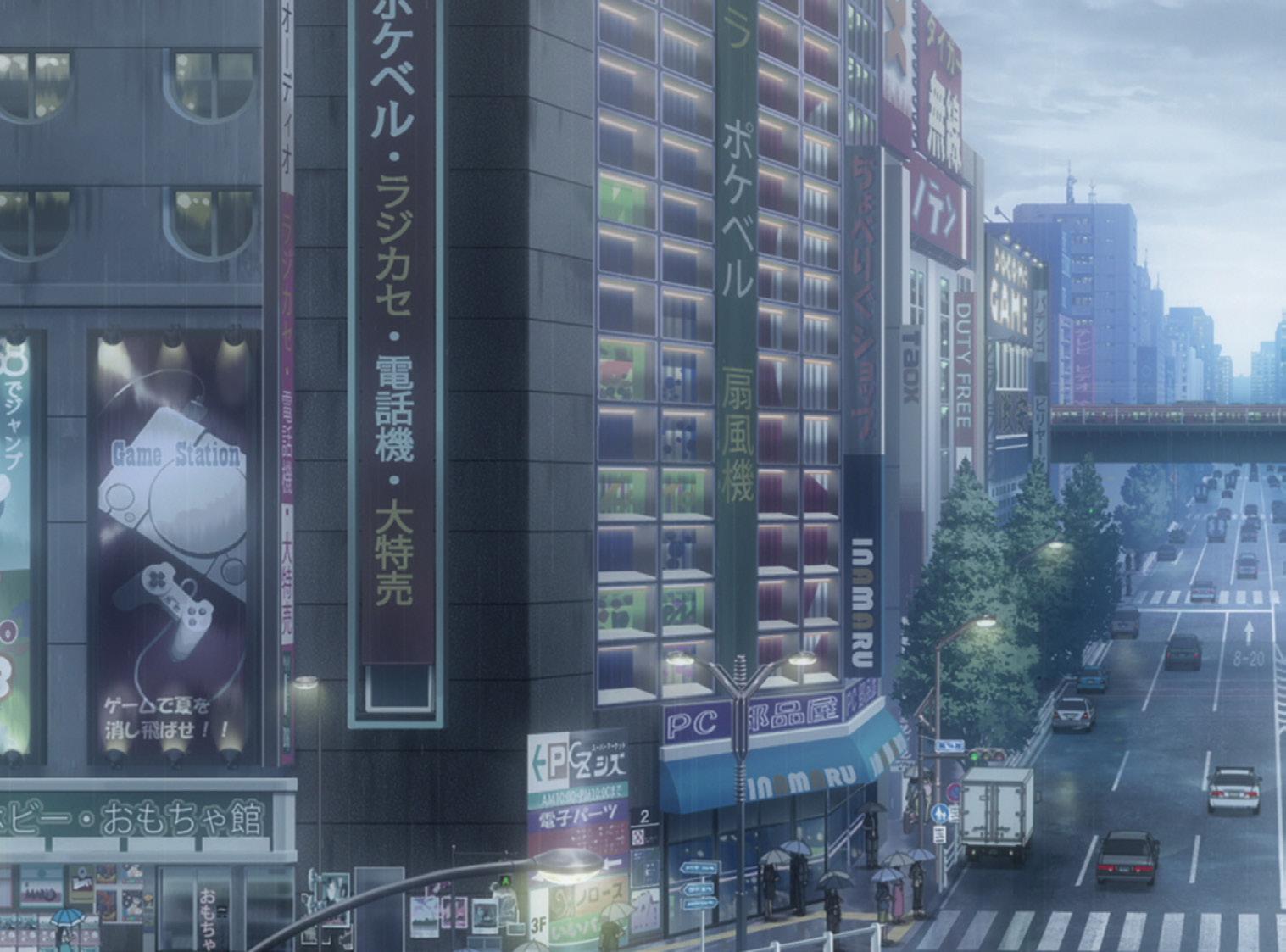
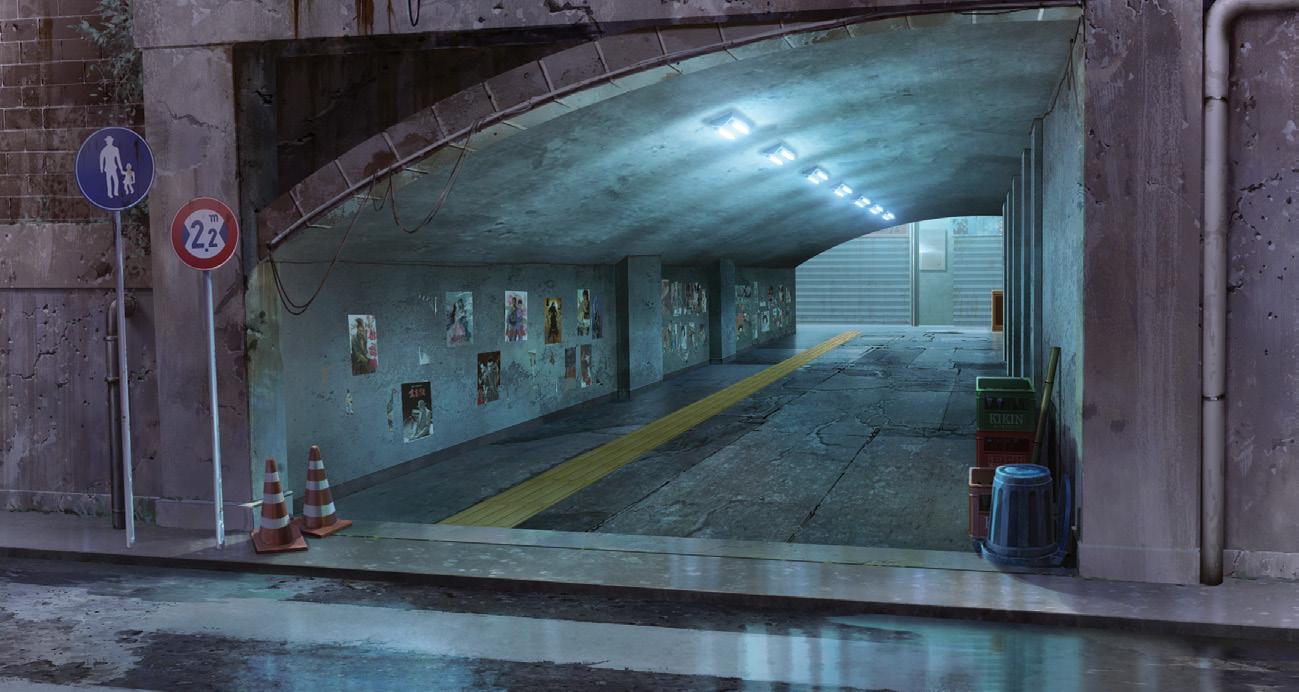
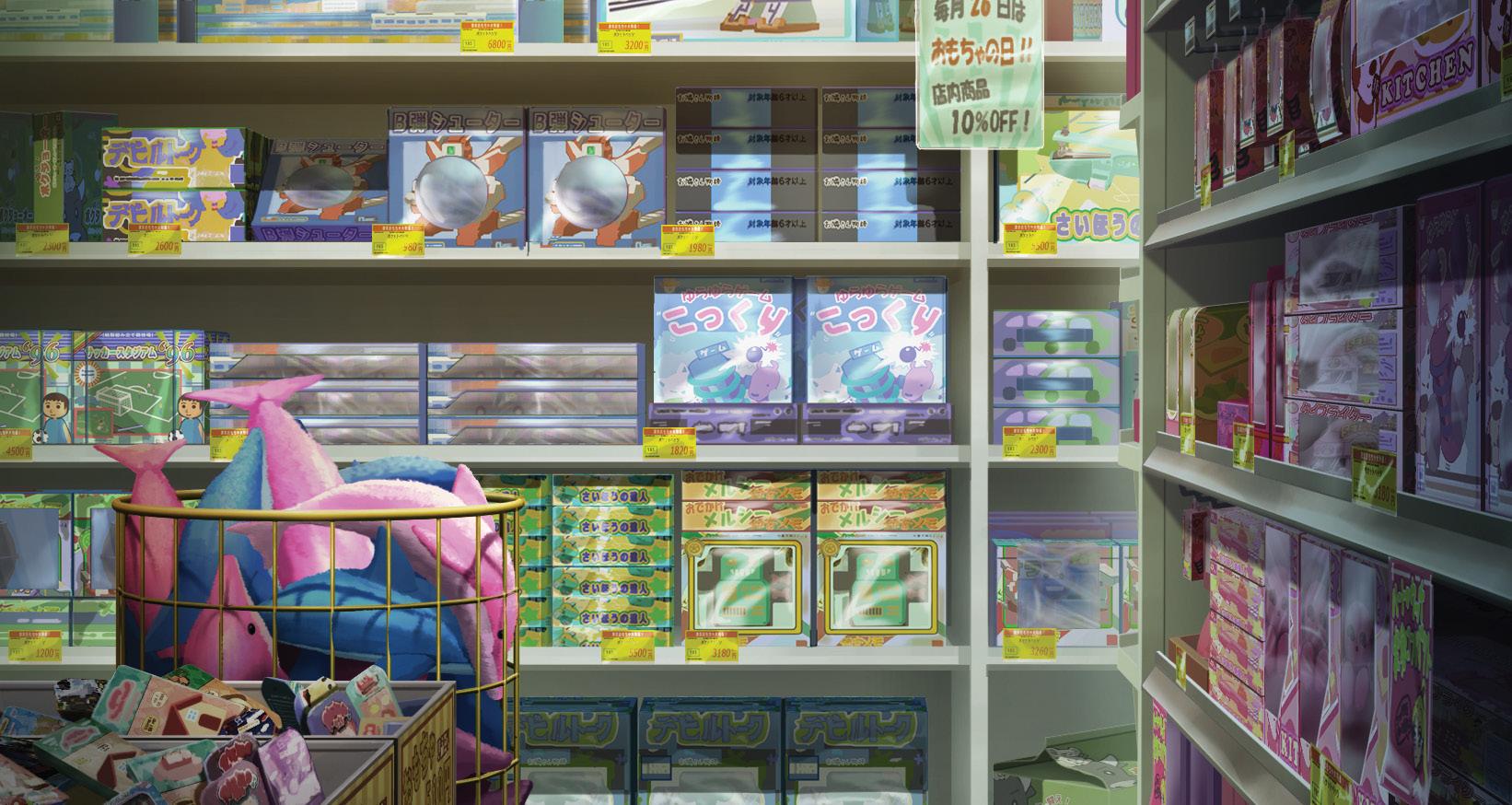



U.S./Mexico border. Very little is stated about what’s going on in the rest of the world. For me, setting it in Japan allowed for a level of creative freedom where I could tell the story that was calling to me.”
Production I.G is uniquely suited to tackle this animated tale of a
“Having the juxtaposition of technology’s overbearing advances with human physicality and spirituality can make a story very compelling.”
– Masashi Kudo
futuristic technological dystopia. However, Tomlin is no stranger to A.I. takeover stories after writing and directing Hulu’s Mother/Android, a film that tackles an Orwellian world where predatory artificial intelligence runs amok. Tomlin reveals that dystopian worlds and technology’s overbearing advancements in society
have always been one of his greatest fascinations. “I think we’re living in an extraordinarily frightening time,” Tomlin says. “Two years ago, the idea of artificial intelligence still felt like science fiction. Now, anytime I scroll through my feed and I see a photograph, I have to ask myself if it’s a real photograph or something conjured by A.I.
“I think if there is a war against the machines, it’s not going to be fought through Terminators and time displacement machines; it’s going to be fought through misinformation, bank accounts, and phishing scams. All that is to say, I think the themes in the show and in the franchise at large couldn’t be more relevant to this time we’re in.”
Kudo agrees but stresses the human element in all of this. “I believe that by portraying characters living in a dystopian world, it is possible to highlight the negative aspects of human nature and also express love. I also think that having the juxtaposition of technology’s overbearing advances with human physicality and spirituality can make a story very compelling.”
The prospect of an A.I. uprising holds fascinating storytelling potential for Tomlin and the Production I.G team. However, Terminator is also a franchise that Tomlin holds near and dear to his heart—and one that brings out his inner child. “I’m a huge fan of the films and know them all well. I wanted to make sure that Terminator Zero felt like it was treading on new ground without being totally divorced from the look, feel, and vibe of the original films. [James] Cameron is
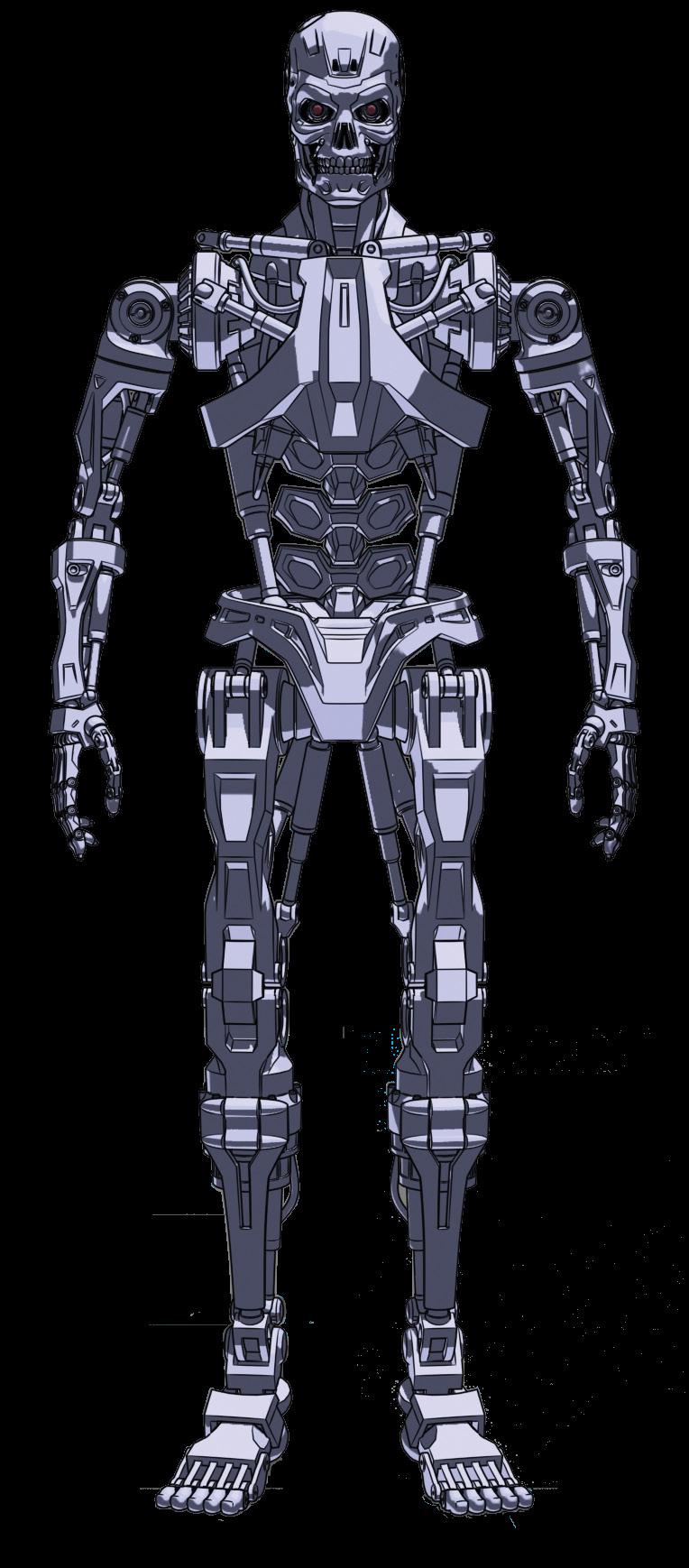
TERMINATOR ENDOSKELETON
able to thread so many different tones,” Tomlin says. “All of his films have these tonal maneuvers that I always had to keep in mind; it’s not just one thing, and to lean too far into large-scale sci-fi risks losing the tenderness that audiences might expect without even knowing they’re expecting it.”
Kudo holds a similar degree of reverence for the franchise that was channeled into the production. “I watched the first and second films in one viewing and then revisited the third and fourth films, all the way to Genisys and Dark Fate. I used the second film, in particular, as a reference for mechanical details, such as the Terminator and the hunterkillers, and the fourth film for details about the dystopian world. I also felt that merely ‘tracing’ the
surface was not enough, so I researched and analyzed James Cameron’s visual philosophy and directorial techniques that underlie the first two Terminator films. This also involved rewatching his other films, such as Aliens and Titanic, and reading his books."
Terminator Zero has a distinct visual language when it comes to its action sequences and what audiences have come to expect from a Terminator showdown. Kudo explains that there’s a delicate balance when referencing past Terminator iconography and providing their own spin on these staples. “This time, the story is set in Japan. The Terminator infiltrates by disguising as a human, but a giant white male would be too conspicuous in Japan, especially in the ’90s,” he says. “The Terminator had to be designed with a Japanese body shape. Therefore, the ‘terrifying’ fear factor of the Japanese Terminator will be different from any of the previous Terminators. I think the viewer will enjoy the difference.”
Tomlin reinforces this: “I wrote myself a set of guidelines for what makes an episode in this world,” he explains. “When it came to the action, it was important that it was always emotionally charged, with clear life-or-death stakes—which is relatively easy when you’re up against a killer cyborg who feels no pain… But each action sequence needed to be imbued with a sense of horror, dread, or some sense of violent beauty.”
Terminator and anime fans alike will no doubt love what Production I.G has in store for them with Terminator Zero. The team has developed a fresh take on Terminator that crafts a world that’s detailed enough to sustain multiple seasons of storytelling, if need be, just like Cameron’s original film. Kudo, for
“Each action sequence needed to be imbued with a sense of horror, dread, or some sense of violent beauty.”
– Mattson Tomlin
instance, highlights how the fear and unease from 1995’s Tokyo subway sarin attack and the Great HanshinAwaji Earthquake course through the series. Tomlin also reveals that Kyle Reese’s speech to Sarah Connor in the
first movie regarding the Terminator’s unstoppable nature became a major moment of inspiration for the series’ production. “That distillation of the Terminator as an elemental force, something to dread, something that will never stop, became a North Star for me while writing to bring the series back to that slant of horror that the first film has. This dictated the look, the feel, the sound of the Terminator featured in season one.”
Terminator Zero is a testament to anime’s power as a limitless storytelling medium and why more franchises should turn to it as a way to extend their brand. After repeated false starts of kickstarting new chapters in the grander Terminator series, Terminator Zero finally hacks into the right formula. “My goal was to create a show that is essential

viewing for any Terminator fan,” Tomlin says.
Terminator Zero’s eight episodes will delight both seasoned Terminator fans and franchise newcomers. However, its success could also open the door for other mature anime series based on successful film franchises. Terminator Zero’s success means that there’s no reason why there can’t be a Robocop, Alien, or even a Mad Max anime as Netflix continues to flesh out its impressive adult animation slate.

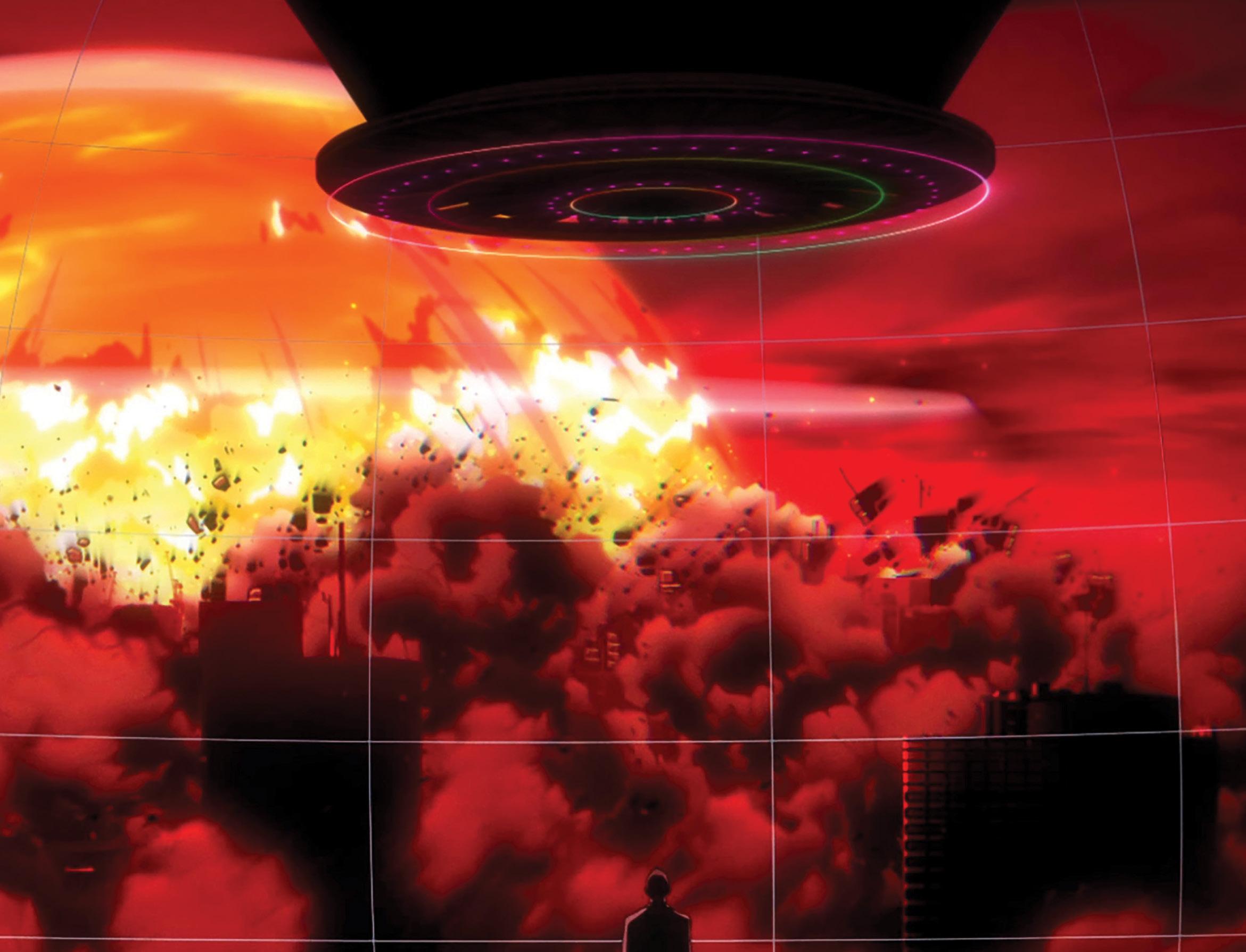
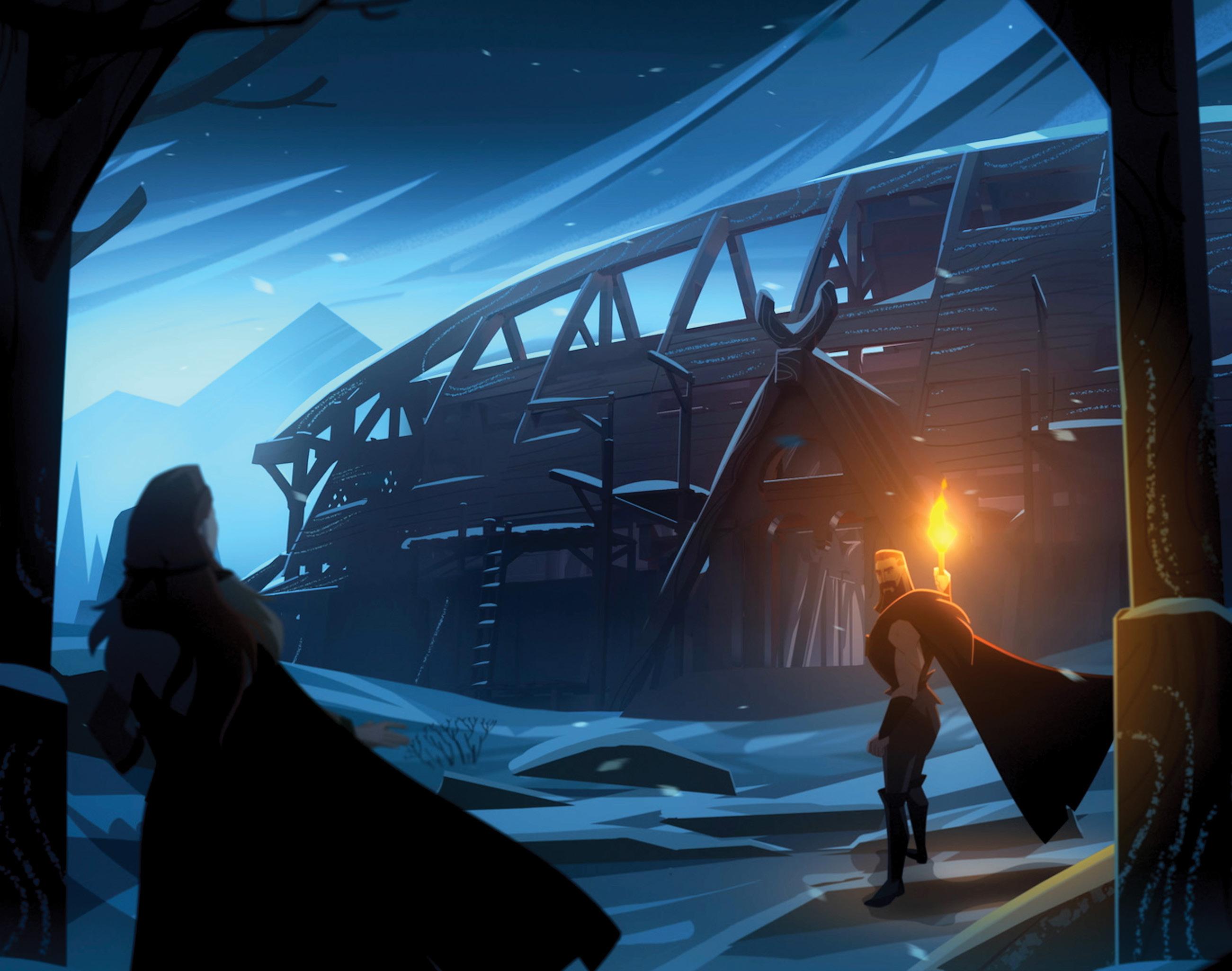
BY ROSIE KNIGHT
Zack Snyder has been making movies about gods since he broke through with his stylistic adaptation of Frank Miller's 300. His Batman and Superman represent archetypal god-like figures, and his recent Netflix action franchise, Rebel Moon, is filled with religious subtext. But in his newest collaboration with the streamer, studios
The Stone Quarry and Xilam Animation, executive producer Deborah Snyder, and co-creator Jay Oliva, he takes that to the next level. With Twilight of the Gods, there are no allegories necessary, as the series deals with real (read that as mythological) deities. For Zack Snyder, it came as a relief. "It was actually very relaxing to not have to make it fake," he laughs as we chat in Netflix's Hollywood office.
The series follows Sigrid (Sylvia Hoeks), who is on a quest
for revenge after her family is killed by the mighty god Thor on her wedding night. That sets off an epic journey that sees our often semi-naked heroine heading into the Norwegian wilds alongside her husband, Leif (Stuart Martin), to put together a god-killing squad. "Stuart and Sylvia do such a beautiful job," Zack gushes. "And it's funny because we had the crew screening last week, and those two met for the very first time," the director recalls. That might seem unusual, but Deborah tells us, "Some of the series was made during the pandemic." The giant leaps in remote recording technology meant that the production could keep going in the face of world-changing events, allowing them to enlist actors from around the world. "We recorded in 23 locations around the globe," Deborah explains. That was thanks to
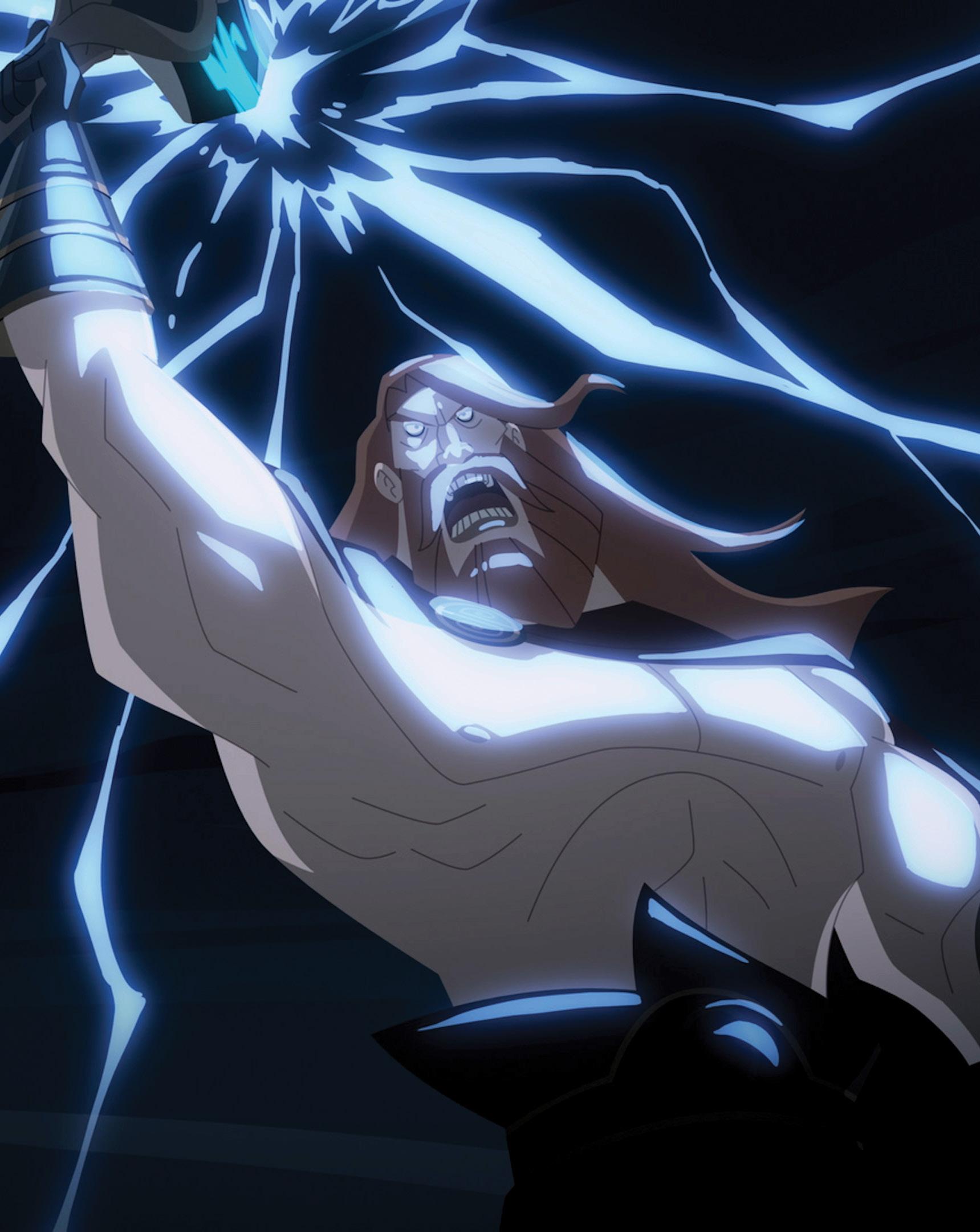
special kits that they sent out to the actors with recording equipment and blankets so that they could record it in their own homes until they could go back into the studios. "It allowed us to have a bigger talent pool," she smiles.
That talent pool—and production timing—crossed over with their aforementioned Netflix project Rebel Moon, which also took on some unexpected influences from the animated series. "It was funny too because we were working on Rebel Moon, and I think a lot of the Scandinavian influence came from this," Zack says. Talent from Twilight of the Gods, such as Stuart Martin and Corey Stoll, all made small appearances in Rebel Moon. "We like working with our people," Deborah explains. "And it let us get cameos because people weren't working [during the pandemic]."
The pair reveal all this and more in our exclusive Q&A for this special edition magazine.
Den of Geek: This is such a unique project. What was the origin of Twilight of the Gods?
Zack Snyder: Jay and I were trying to do some animated projects, and we were talking about lots of different things, and he said, "I've always wanted to do Norse mythology." And I said, "Yeah, I've always been fascinated by Norse mythology." Then, when we were pitching Netflix, and they asked us what we wanted to do, we said that we had an interest in Norse mythology. They were the ones

who said, "Yeah, we want to see that!" So it was this really organic way that it worked out. And that was years ago.
I think Rahul [Kohli] said that he recorded his role four years ago. Deborah Snyder: Yup! Because you do that first, right? We also had them record into little cameras for the animators, which was really helpful. And at the same time that we were recording, we had the animators figure out the look, which was a big development.
It's very different from what we expect from "adult animation."
ZS: Yeah, we looked at a lot of styles. We really went for developing the style over and over. There must be 50—at least—full character designs finished completely head to toe. There are even some 3D versions; we tried everything. I guess my thing was that I just really wanted it to be stylized. We're just trying to do a cool, artistic style of our own. And we're not chasing anime, we're not chasing some Pixar thing, we're not. Where I
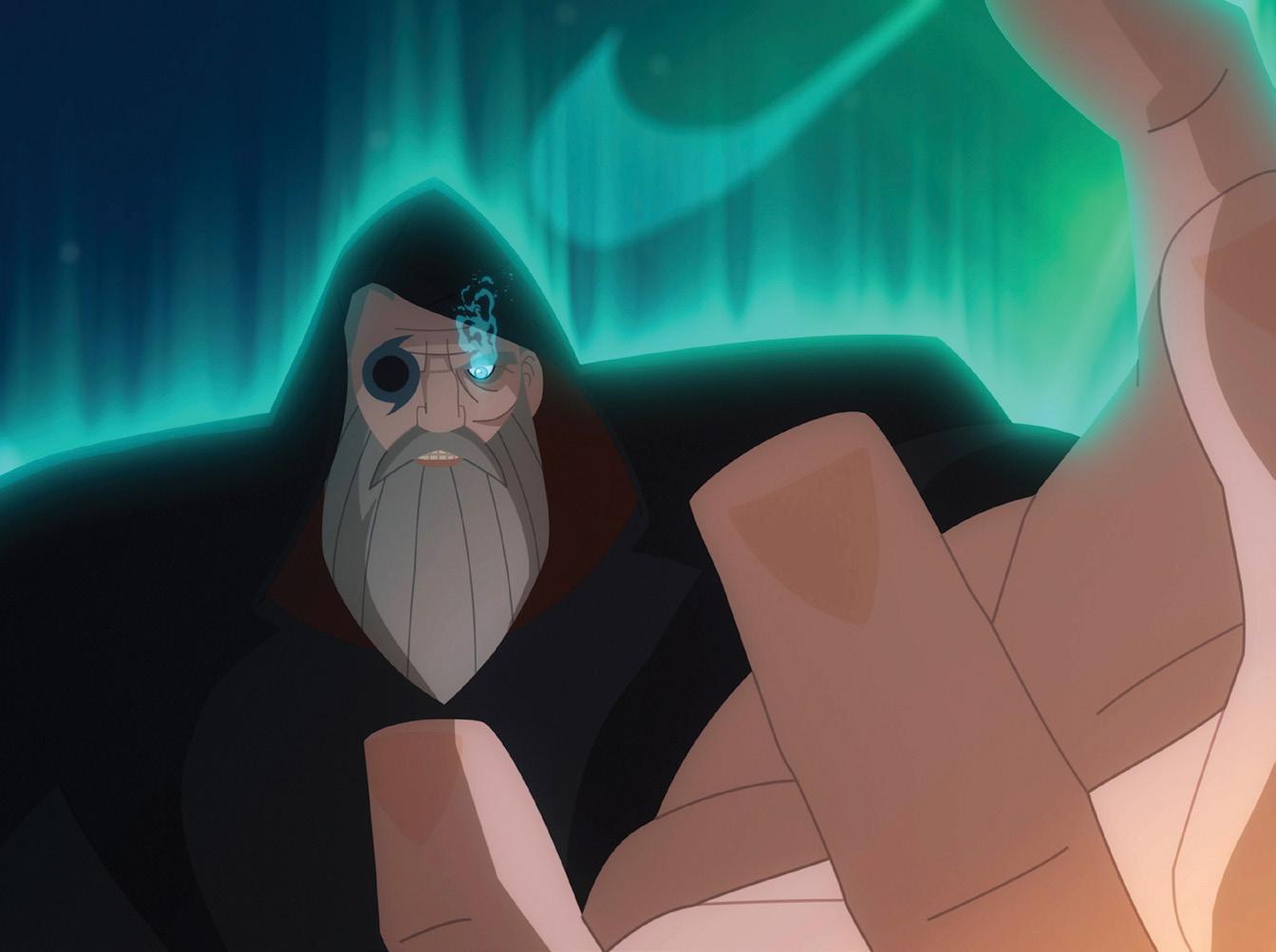
felt like we settled was a place where we could just be true to ourselves and say like, "We think this is a cool image, this is beautiful." And all the backgrounds are gorgeously painted.
It looks mythological; it feels like a folk tale.
DS: That was the whole idea! It's interesting because we live so much of our career in the live-action world; we didn't want to do something that was so photorealistic because then...
ZS: Why wouldn't we have just shot it?
DS: And I do think that whole mythic folk quality lends itself to the 2D approach.
Did it also give you more freedom? How did it feel to throw it all out there and say, "We're going to show gods, we're going to show sex, we're going to show magic in a way you don't have to worry about budget or bringing it to life?"
ZS: The good thing was once we hit our stride with it aesthetically, all the choices were really easy because we weren't hemming and hawing over, "Should we show it, should we not show it?" That relaxed attitude towards content allowed us to make it

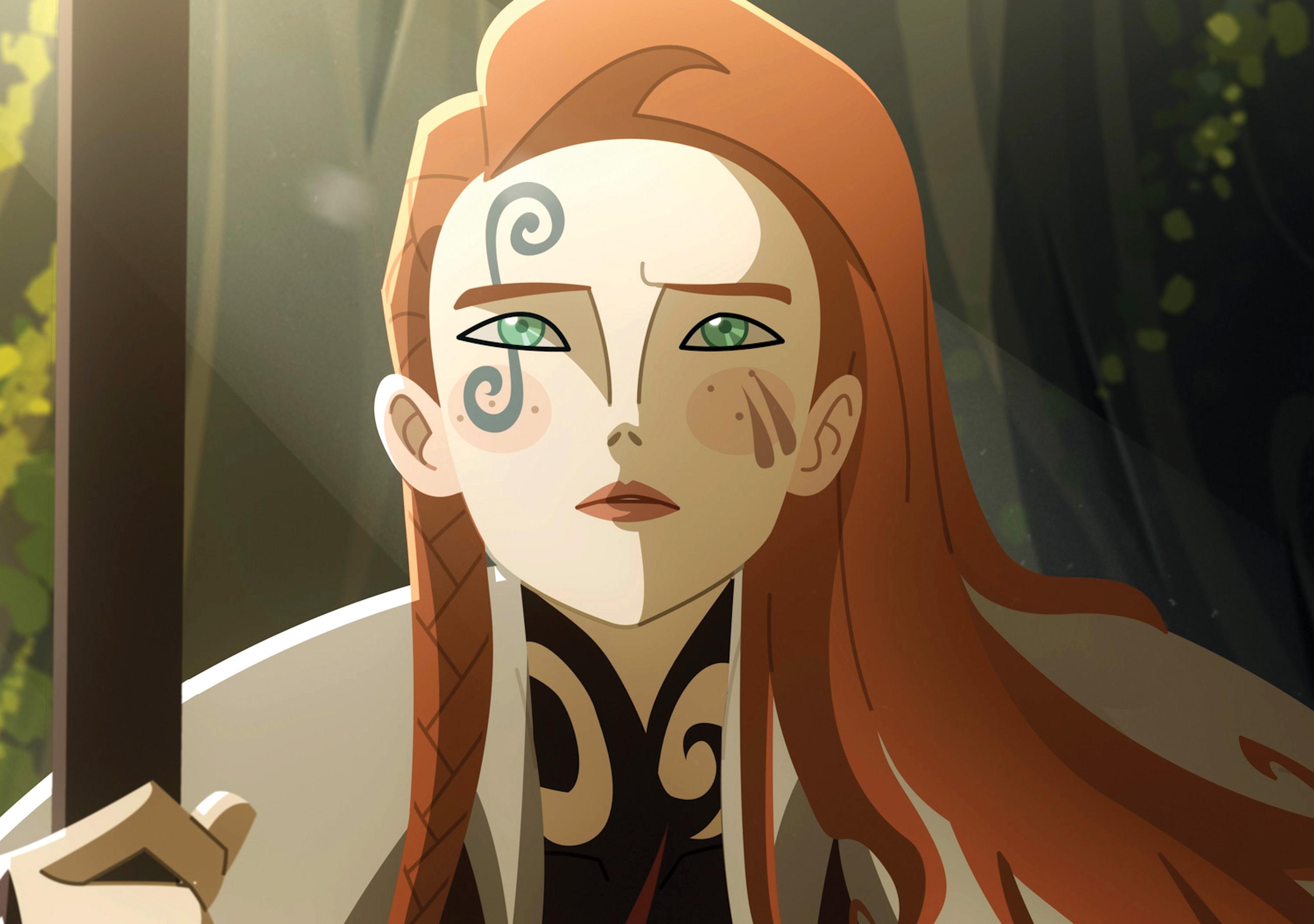
true to itself and a closed loop in terms of aesthetics and morality with elevated levels of violence and sexuality. Thank god for TV-MA. I like TV-MA; it's a crazy rating.
DS: The other thing that I think the animation allowed for, especially as a producer—sure, there are complexity issues—but we can go to all these different places. We have one episode further down with a dragon where there's a big epic dragon fight. A lot of the things we'd do if it were live-action would be unaffordable, so we weren't tied by those constraints. We could have all these creatures, and we could go to all these different places, especially because this is a journey. They're traveling and picking up their team. Zack loves teambuilding.
ZS: I honestly don't know why! It's a real problem. I can't wait to do a movie where I don't get the gang together. I don't know if I'm capable of it, but we'll have to try and do a movie without putting a gang together and see if it works. But I'll probably just be like, "Oh, I am loving how the movie's
going, but... what if we put a gang together?"
Speaking of epic quests, it's been quite a journey for you two to get here. How does it feel to now be sitting down and watching the finished episodes?
DS: I couldn't believe it was actually happening. And because it's slow, it's almost like it's your part-time job— well, for me as the producer—it's like something we do over four years every week while working on other stuff. So when we finally did the final mix I was like, "Really, it's over?" So this part is fun because you almost forget you get to show it to an audience.
ZS: That's so true. It's funny to think about it like, "Oh yeah, this is going to get released!"
DS: “It's not just for me?!?”
So how does it feel now that people are watching it after all these years?
ZS: I'm excited for people to see it. I can't wait for them to see it. I think they'll be surprised by the sophistication level of the drama, of this quest that these guys go on, and how rich the mythology is. I'm just really impressed by Sylvia—Sigrid is just amazing as a character. She's unbelievably stubborn but loving. It's cool.
DS: Everyone took it seriously; it didn't matter that it was animation. Even the music, when we brought Hans [Zimmer] and his team of composers on, we were like, "This isn't just a cartoon." And they got it!
ZS: Honestly, Hans and his guys have done such a good job. I can't wait for Twilight of the Gods at the Hollywood Bowl!
All eight episodes of Twilight of the Gods hit Netflix on Sept. 19.
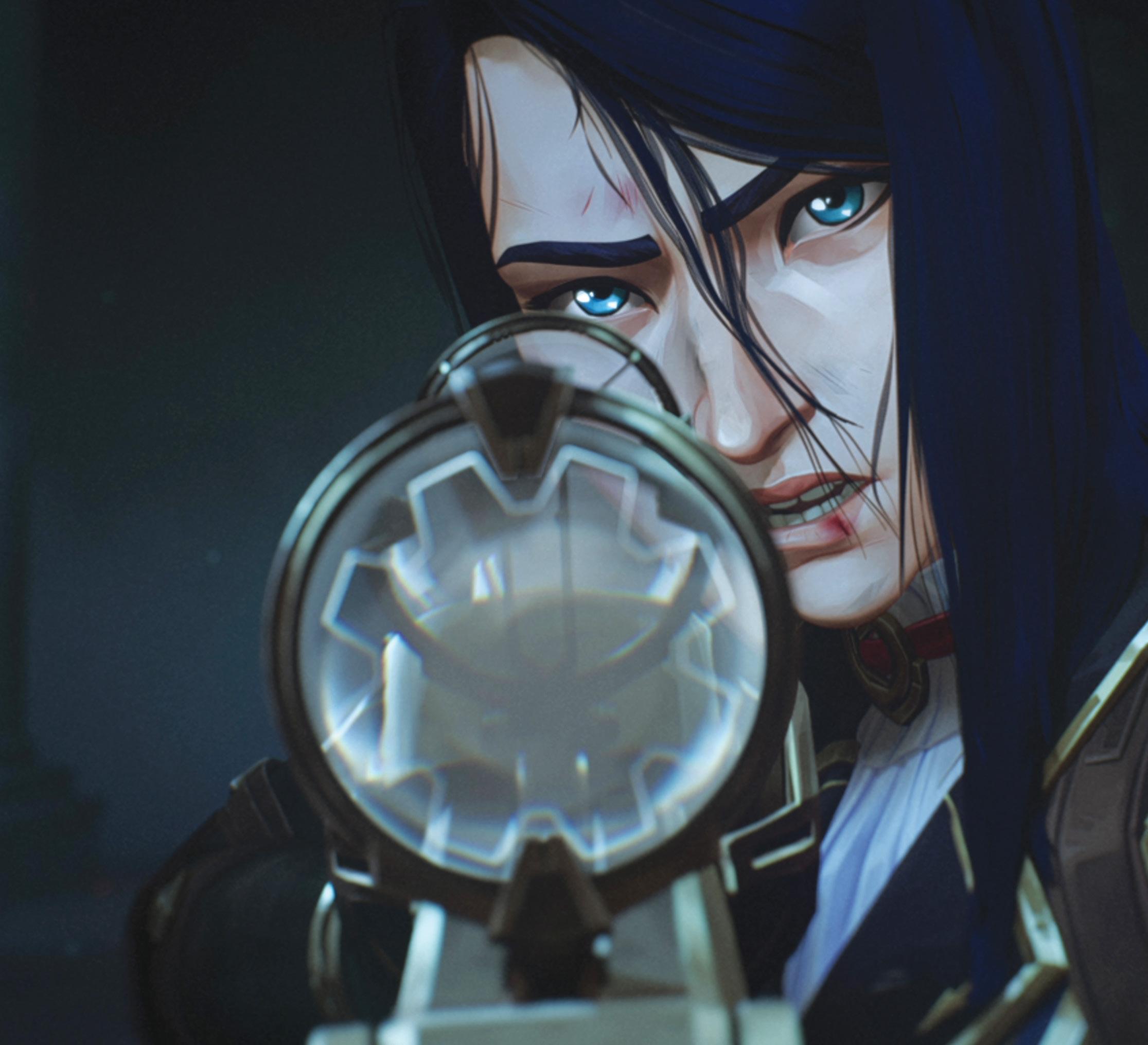
Arcane season two will wrap up the story in the steampunk city of Piltover before moving on to new chapters in the League of Legends world of Runeterra.
BY MICHAEL AHR
When Arcane first came on the scene, many assumed it would only appeal to players of League of Legends, the Riot game upon which the animated series is based. However, between its unique animation style (a mix of realistic 3D artistry and richly detailed hand-drawn backgrounds and overlays) and nuanced storytelling, word of mouth quickly spread. This show was good, and you didn’t need to know a thing about the game to enjoy it.
In the three-year wait between seasons one and two, that reputation
has only grown, and anticipation is high after an explosive finale left an uncertain fate for many beloved characters. Fans were unprepared for their level of connection both to Arcane’s flawed heroes and sympathetic villains. Now, season two must deal with the consequences of everyone’s questionable decisions, including those made through Jayce’s hubris or Jinx’s impulsiveness.
The new season will feature a major confrontation between the forces of Piltover and the defenders of the undercity known as Zaun. Jayce, Vi, Caitlyn, and Jinx, having


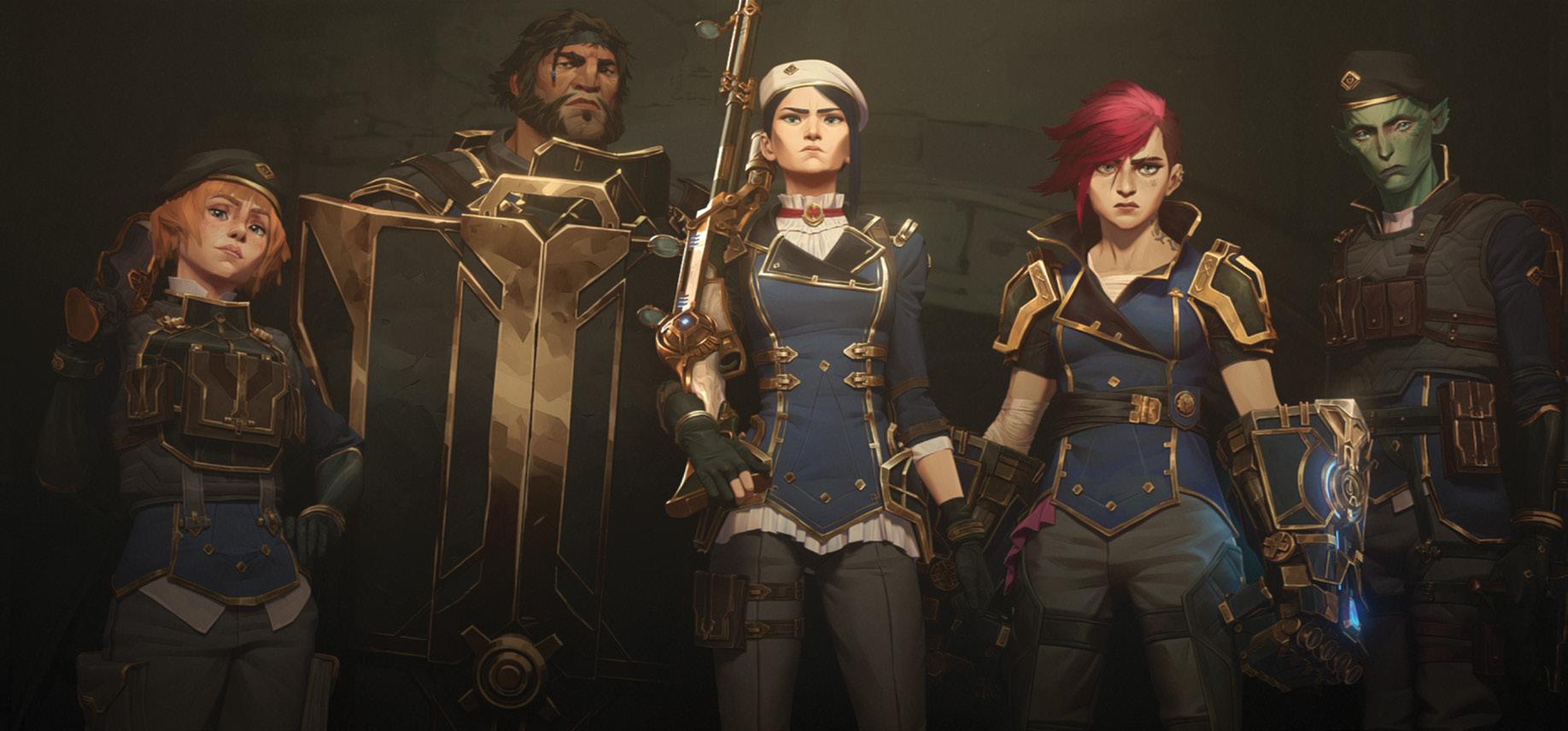
her feelings clear about the Enforcers and those they protect, there may be an observable power void left in Silco’s absence in Arcane season two.
completed their origin stories, have all acquired their weapons, recognizable from League of Legends, while other champions have yet to emerge. Fan theories are running rampant about the identity of the beastly figure behind Singe, and heroes such as Ekko and Viktor have not fully completed their journeys that began in the first season.
There’s also the small matter of the Noxian army on Piltover’s doorstep. Depending on Mel’s fate, her mother, Ambessa, a warlord of Nox, may have vengeance on her mind. And although Jinx has made
Whatever comes of the battle between Piltover and Zaun—or between Vi and Jinx—we know that the outcome will be the final word on the subject, as Arcane will conclude after its second season in November. However, just because the story of this particular city will have been told, it doesn’t mean that other nations of Runeterra, the world in which League of Legends is set, can’t get their own
treatment. After all, the game map is quite extensive!
“Arcane is just the beginning of our larger storytelling journey and partnership with the wonderful animation studio, Fortiche,” said showrunner Christian Linke during a recent League of Legends update. “From the very beginning, since we started working on this project, we had a very specific ending in mind, which means the story of Arcane wraps up with this second season. But Arcane is just the first of many stories that we want to tell in Runeterra.”
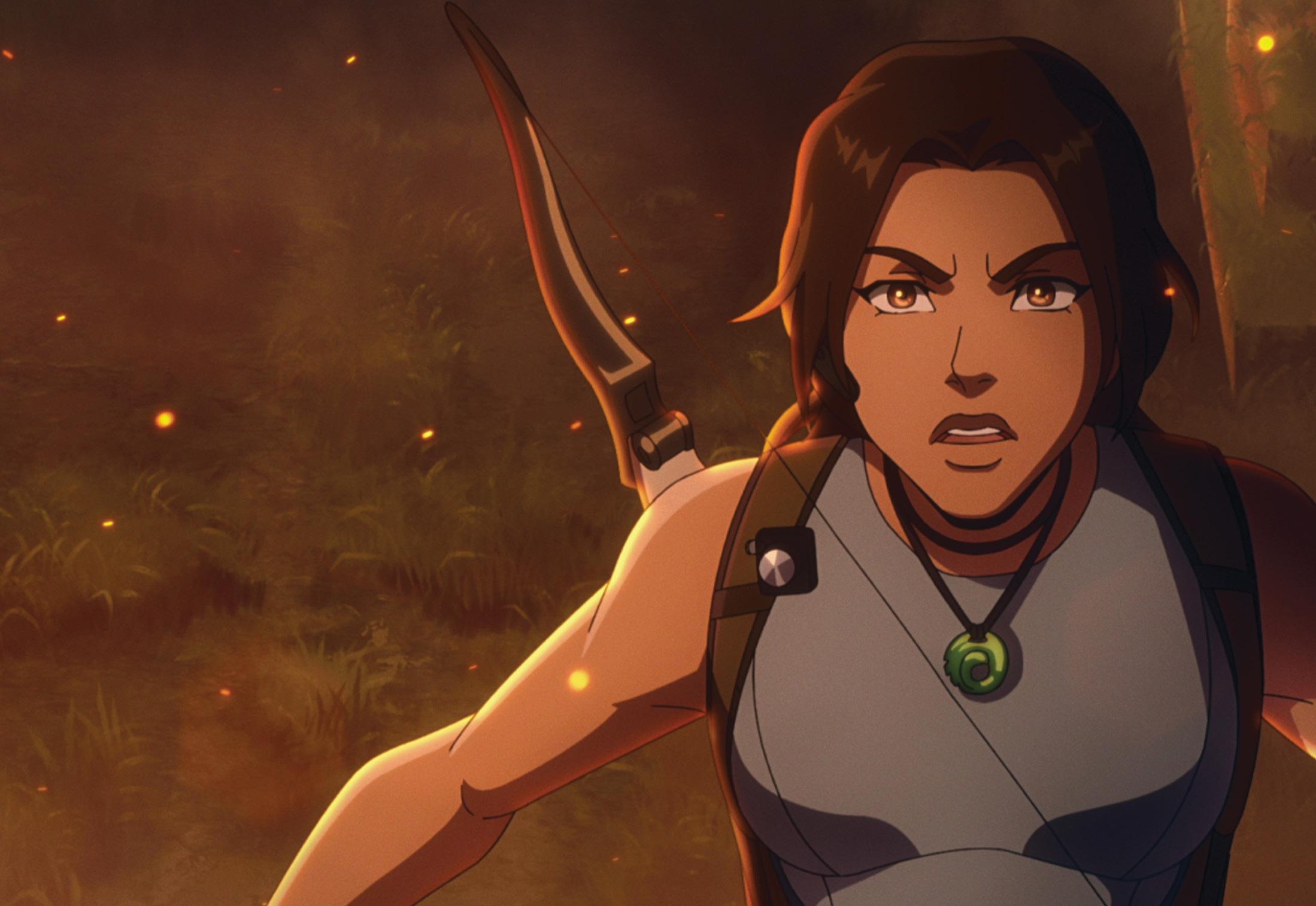
Tomb Raider: The Legend of Lara Croft showrunner Tasha Huo reveals how the Netflix original series bridges the gap between eras of the classic games.
BY SAM STONE
For nearly 30 years, one of the biggest icons in video games has been Lara Croft, the unflappably cool protagonist of the Tomb Raider franchise. As development on the video game series continues into the current generation, Netflix has adapted Tomb Raider into its star-studded new original animated series, Tomb Raider: The Legend of Lara Croft. Developed by Tasha Huo, the series is set after the events of 2018’s Shadow of the Tomb Raider as Lara (Hayley Atwell) scrambles around the globe to stop the villainous Devereaux (Richard Armitage) from using an ancient relic that could plunge the world into complete chaos.
In an exclusive interview, Tomb Raider: The Legend of Lara Croft showrunner and executive producer Tasha Huo talks about bringing the beloved video game franchise to life on Netflix, explains the creative possibilities of connecting Shadow of the Tomb Raider with the classic games from the ’90s through the show, and teases what fans can expect when The Legend of Lara Croft premieres this October.
Den of Geek: The Legend of Lara Croft takes place after Shadow of the Tomb Raider, which is a very rich creative ground. How was it having that trilogy of games as your narrative foundation?
Tasha Huo: It’s really fun because even though we want to remain very faithful to what Crystal Dynamics is planning and what to look forward to in the games, it is this really cool in-between time where we kind of get to do, in some ways, whatever we want because we’re dealing with the baseline of who she was in Shadow of the Tomb Raider, which was this young woman just surviving and trying to get by. She is full of grief and does something so horrible as to usher in the apocalypse.
We get to move her from that vulnerable place to the fun Lara Croft we remember from the very early games and the movies with Angelina Jolie. It’s this great transitional phase
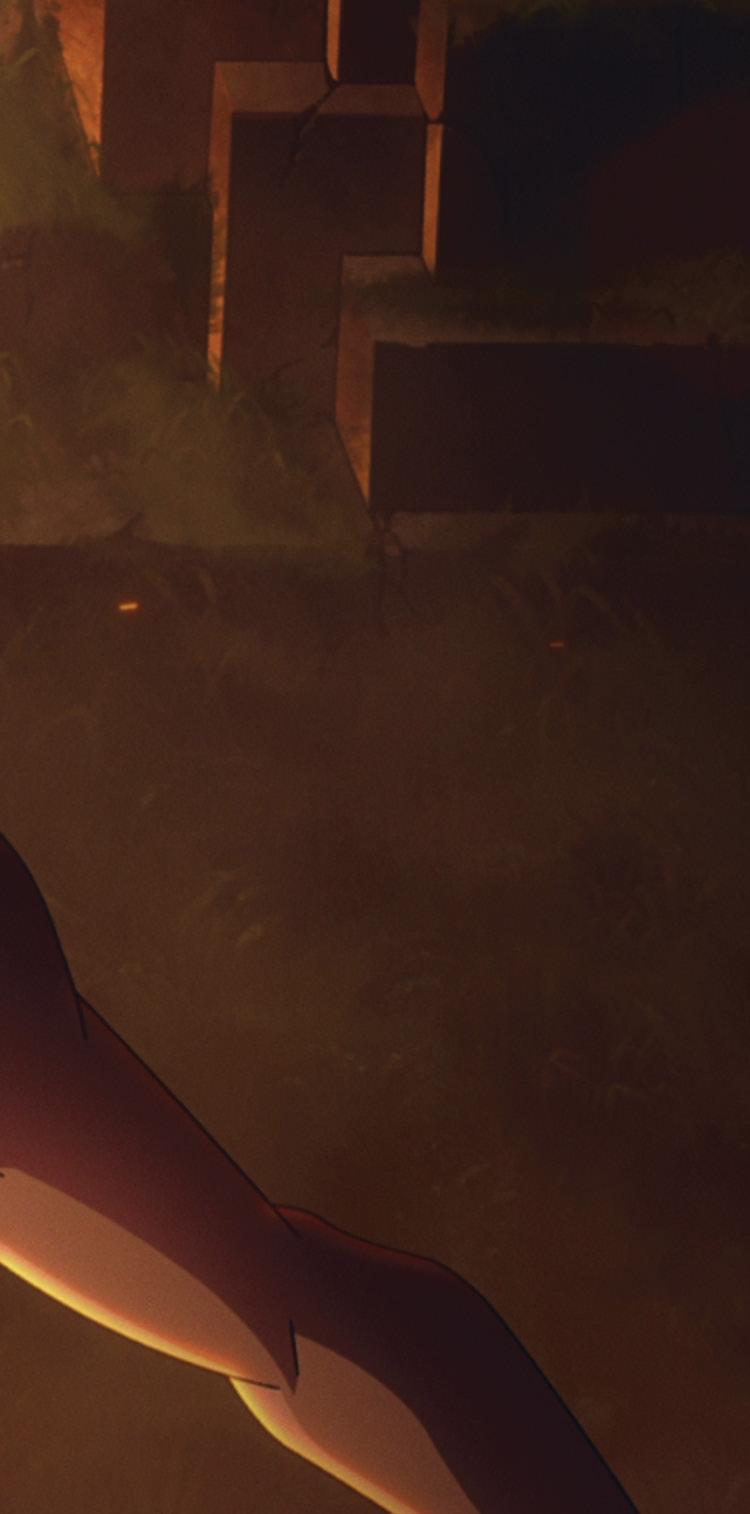
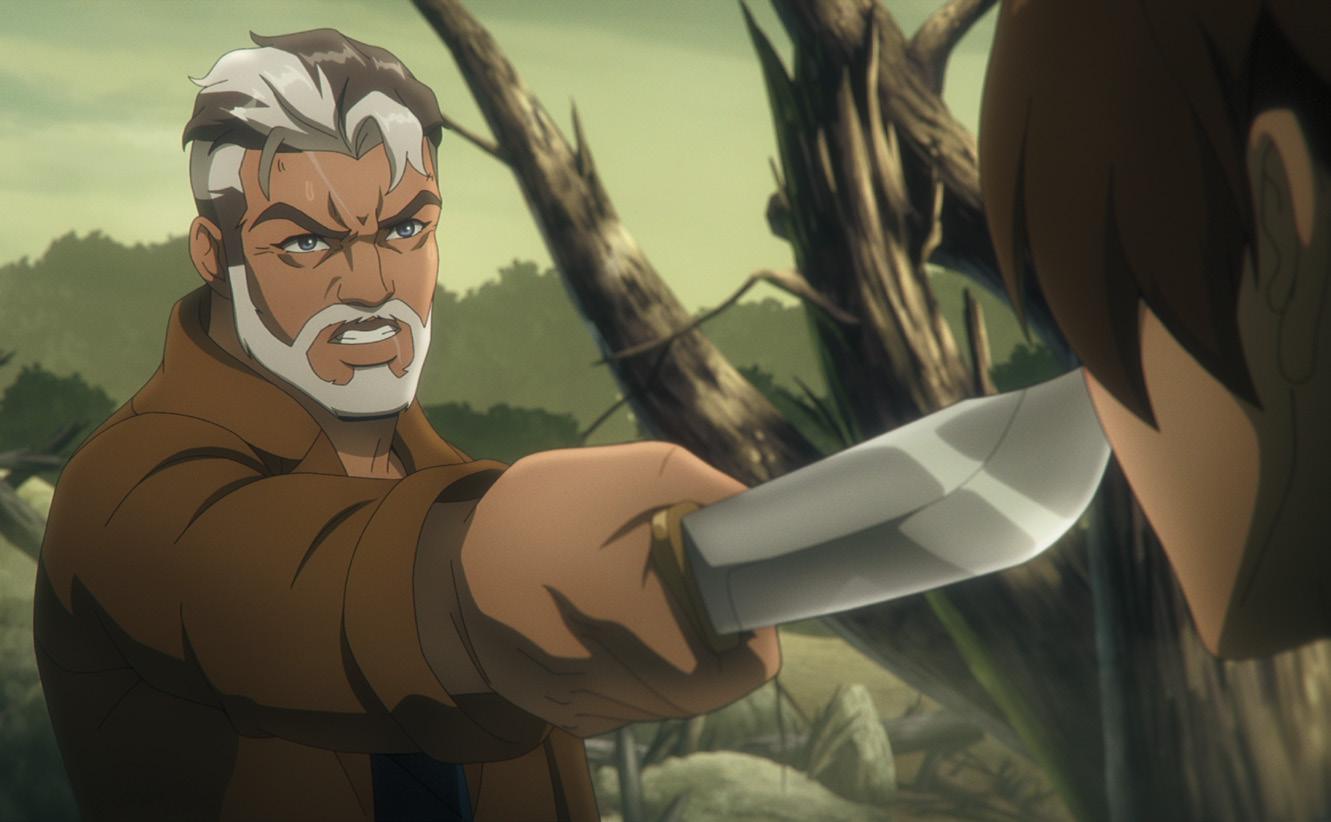
into that person who is also funny. She’s so funny in the early games, but we have to build her to that. They allow for the comedy as she’s moving into that person.
More than just being set on a single island or remote mountain temple, The Legend of Lara Croft has a global scope. How was it building the world and its locations around this story?
adults in mind as my primary audience, but, absolutely, you can bring your whole family into this and experience Lara Croft. I don’t want to distance anyone, but we are also this bridge into a more fun version of Lara and that guided the tone as well.
The show is animated by Powerhouse Animation Studios, which also did the acclaimed Castlevania series. How was it working with them to create a vision of Tomb Raider that was instantly recognizable, yet with your own signature visual stamp? They’re fantastic! A big reason it was so exciting to work with them is because most of their team working on this show are women, specifically women who really loved Tomb Raider. They’re women who were moved by it growing up as little girls, and it was so cool to see their excitement being translated into the artwork. I never had to explain Lara’s physicality or her unique penchant for randomly flipping to get to places.
for Lara, which is perfect for a TV show where you get to explore her emotions and inner psyche. We’re this really fun bridge where not only do we have a lot to play with, but we also get to show how she evolves into the person that we remember.
Lara isn’t an island herself; you’ve brought in a supporting cast to help her, including familiar faces from the games.
It’s great because, as a TV show, you can’t just have someone on an island. [Those characters] became really great foils for Lara, people who she can bounce her issues off of. They can be the voice of the audience saying, “Hey, Lara! Snap out of it! Are you really going to do that crazy thing right now? Is that the best way to handle your problems?”
They also allow us to bring in some humor and comedy as a foil against Lara’s even flatness as she evolves
For me and the writers, it was all about the history driving the locations. Sometimes, you want to take Lara someplace just because you want to be in that place, but really, you need a reason because the audience is going to find out you put them there because you just wanted them to be there. The history was driving us, and the deeper we dove, the more we’d find a thread in this country or that one that could be a cool set piece if we moved Lara there and it worked within the mythology that we’re dealing with. We always want to ground it in something real.
While the show doesn’t pull its punches, it’s also not as graphically violent as the 2013 Tomb Raider reboot game. How did you want to strike a balance with the violence and tone of the series?
We wanted the show to be for everyone. I definitely wrote it with
These were all things that they inherently knew, and, as fans, they were plugging in really fun things in some of the action and animation that was in the script. You’d get it back and be like, “Hell yeah! You clearly played Tomb Raider: Legend and knew that one moment.”
We could all nerd out about this and what it should be. We were always aiming to have a show that fans would absolutely geek out over, which is what we were doing, but also be accessible to everyone else. It’s a fine balance, but it’s super cool how big fans they were.
What are your own earliest memories of Lara Croft and Tomb Raider?
My earliest memories are being terrified and having nightmares of T-rexes, velociraptors, and sharks. I feel like some of my fear of dark water definitely comes from Lara Croft. Legend is definitely my favorite game, and it’s funny because, playing
it recently to get back into the flow, I was like, “Holy shit, this game is hard! How did we do this as kids?” Shadow of the Tomb Raider and the 2013 game are probably my second and third favorite games.
How did you want the season’s main villain, Devereaux, to be someone to challenge Lara both physically and thematically?
I wanted someone who was dealing with the same things that Lara was dealing with but chose a darker path. For me, anime does this really well, where the hero and the villain are the same person, just that the villain tends to make the wrong choices. Lara is heading down a darker path in season one, but when she sees a reflection of herself in Devereaux, she realizes that she can’t take that same path; she doesn’t want to become that other person. It was really important to have someone who could be a mirror to her and make her realize that she needed to choose the better path.
Tomb Raider is approaching its 30th anniversary. What do you think it is about Tomb Raider and Lara Croft that stays relevant and stands the test of time?
I feel like it’s different for everybody. You ask somebody, and it’s almost always something different that they hang onto about Lara. For me, personally, there’s something so aspirational and wish-fulfilling
about seeing this woman do all the things that she does. She’s so incredibly capable. She can be in any environment, put on that black dress and urban climb, or be in the middle of nowhere and know exactly what to do. There is something so freaking cool about her.
When you get into the Survivor series [2013’s Tomb Raider and its sequels, Rise and Shadow], you can finally relate to her. She wasn’t just this superhero; she was kind of like us, except she got up no matter what happened. That aspirational feeling is there because you wish you could be as brave and cool as she is. She’s just fucking cool. I think that’s another reason why she stands the test of time: she’s just cool.
We’ve seen Angelina Jolie, Alicia Vikander, and Camilla Luddington put their own spins on Lara Croft. What do you think Hayley Atwell uniquely brings to Lara with her performance in this show?
I think Hayley is the perfect person for the bridge that we’re talking about. It’s funny because when you talk to her, Hayley has done all the things that Lara Croft has done. She’s like, “I jumped out of a plane just last week. I know what this sounds like!”
She has that adventurous spirit in herself, but she brings not only the playfulness that is really great for Lara Croft at this stage but also this dramatic, nuanced turn. She has that combo of the things that were exactly
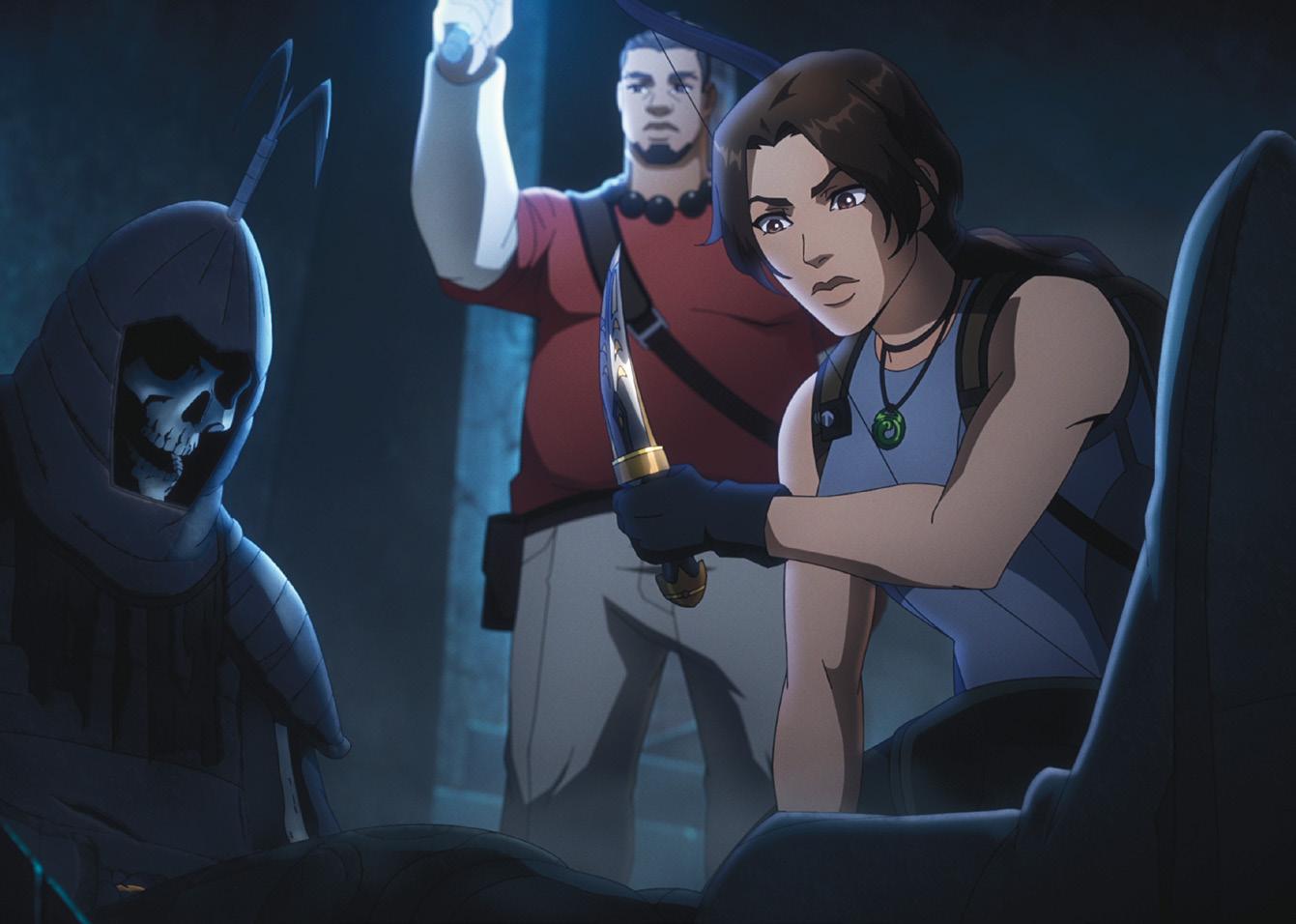
Lara hunts for clues to the whereabouts of a powerful and dangerous relic.
what we were looking for. She was the perfect person for the bridge section that we’re doing.
While Lara certainly is in tombs and raiding them, she’s also clearly not pilfering other cultures’ treasures. How did you want to maintain that balance between the classic premise and not having her steal from other societies?
It’s definitely tricky because I never wanted to lose the tomb-raiding; that’s what makes her awesome, but it also makes me uncomfortable to just tomb-raid. It’s a fine line to walk, but I think the balance that helps us is thinking of her as a hero who’s trying to save the world. That was apparent in the movies and in all of the games. There is a villain who is trying to take a relic and destroy the world with it, and Lara has to protect it. If that becomes your foundation, you understand that Lara is justified in being wherever she is.
It also became important that the relics that she starts to fill her home with and takes back with her are very important. Keepsakes from her travels are important, so how do you do that without her stealing them?
The people she helps, and she helps plenty of them, are going to gift her things. It becomes this metaphor for all the relationships that she makes around the world as she fills her office and space with these items.
What are you the most proud of getting to add to the continuing legacy of Tomb Raider?
In terms of the show, I’m really proud we captured the essence of what made me such a fan of Tomb Raider. I’m proud to be able to explore that middle section and understand why she was the person that I loved in the original Tomb Raider game; that’s so fun.
Developed by Tasha Huo, Tomb Raider: The Legend of Lara Croft premieres Oct. 10 on Netflix.

